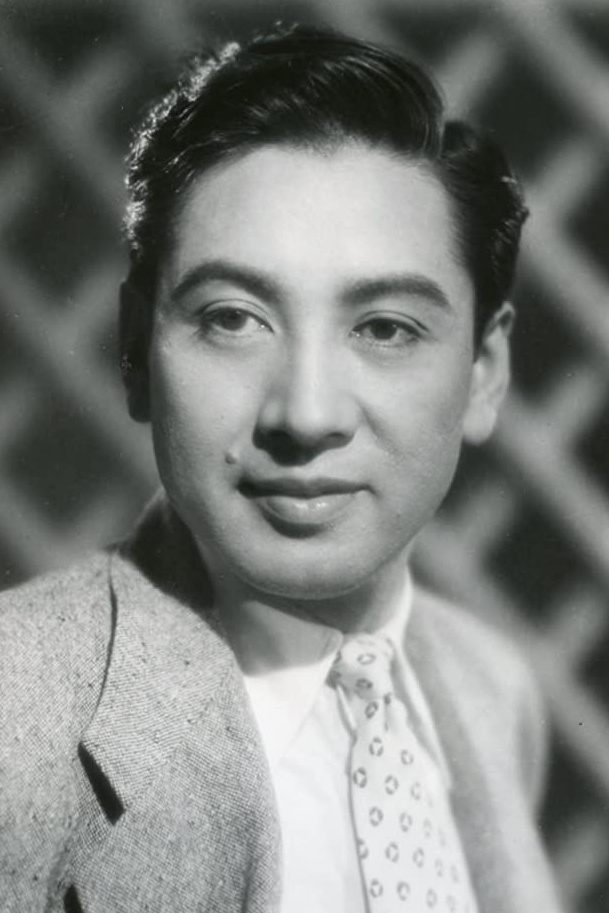
Kazuo Hasegawa
Biography
Kazuo Hasegawa was a Japanese film and stage actor. He appeared in over 300 films from 1927 to 1963. Born to a sake brewing family in Kyoto, he first appeared on stage at age five in a theater run by his family as a side business. In 1918, he became a student of Nakamura Ganjirō I and performed kabuki in the Kansai region. He joined the Shochiku studio in 1927 and made his film debut in Chigo no kenpō under the name Chōjirō Hayashi. His good looks and graceful fighting style made him a major jidaigeki star, and he appeared in more than 120 films for Shochiku in 11 years, with the best works being directed by Teinosuke Kinugasa. He moved to the Toho studio in 1937. On 11 November 1937, however, he was attacked by ruffians and his face slashed with razor blades. According to the historian Daisuke Miyao, "Even though there was no clear evidence, it was widely assumed that this violent incident was Shochiku's retaliatory measure against Hayashi's so-called betrayal." He recovered and changed his stage name to his real name, Kazuo Hasegawa. Hasegawa appeared in many successful films for Toho, including several "national-policy pictures with Chinese settings," such as Song of the White Orchid (1939) and China Night (1940), with co-star Ri Koran. He moved to Daiei Film in 1950 and continued appearing in the popular Zenigata Heiji series. He also appeared in many classic films including Kozaburo Yoshimura's The Tale of Genji (1951), Kinugasa's Gate of Hell (1953), and Kenji Mizoguchi's The Crucified Lovers (1954). He was appointed to Daiei's board of directors in 1957. To celebrate his 300th film, Hasegawa appeared in a new version of Yukinojō henge (known abroad as An Actor's Revenge) in 1963, directed by Kon Ichikawa. He left Daiei that year and continued to appear on stage and television, including starring in the second NHK Taiga drama Akō Rōshi in 1964. He also directed the Takarazuka Revue version of The Rose of Versailles in 1974.
Known For
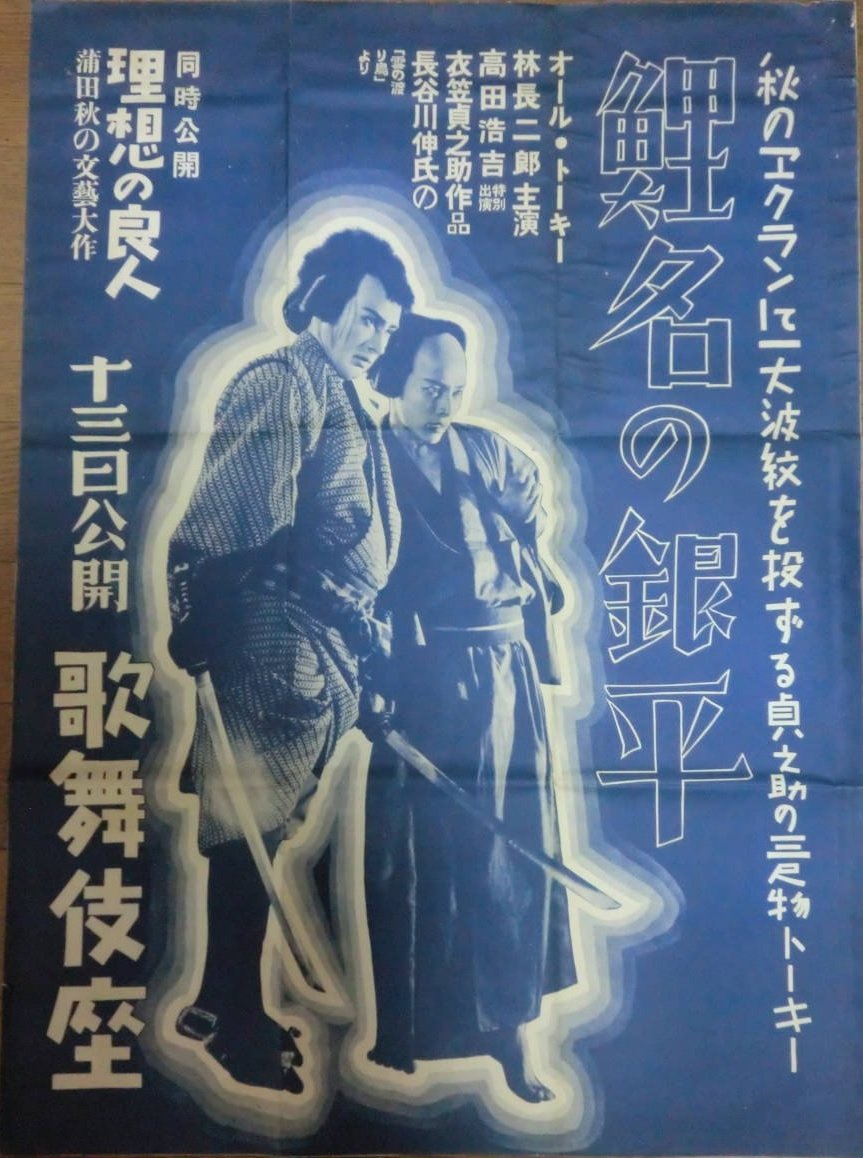
Koina no Ginpei
鯉名の銀平
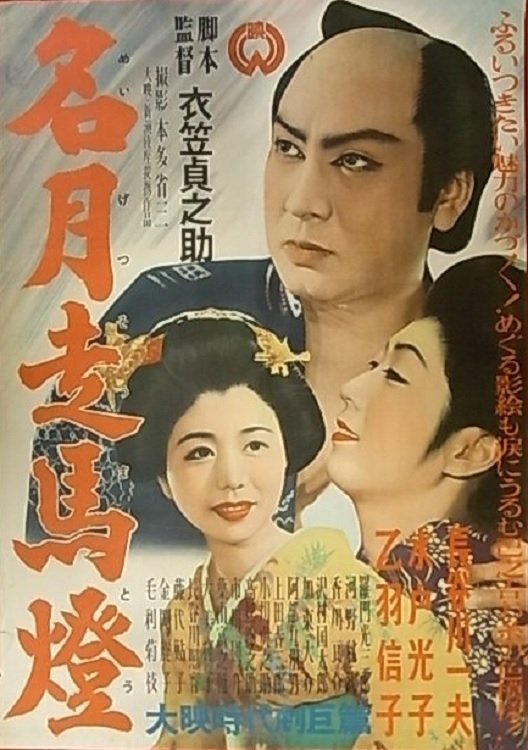
名月走馬燈
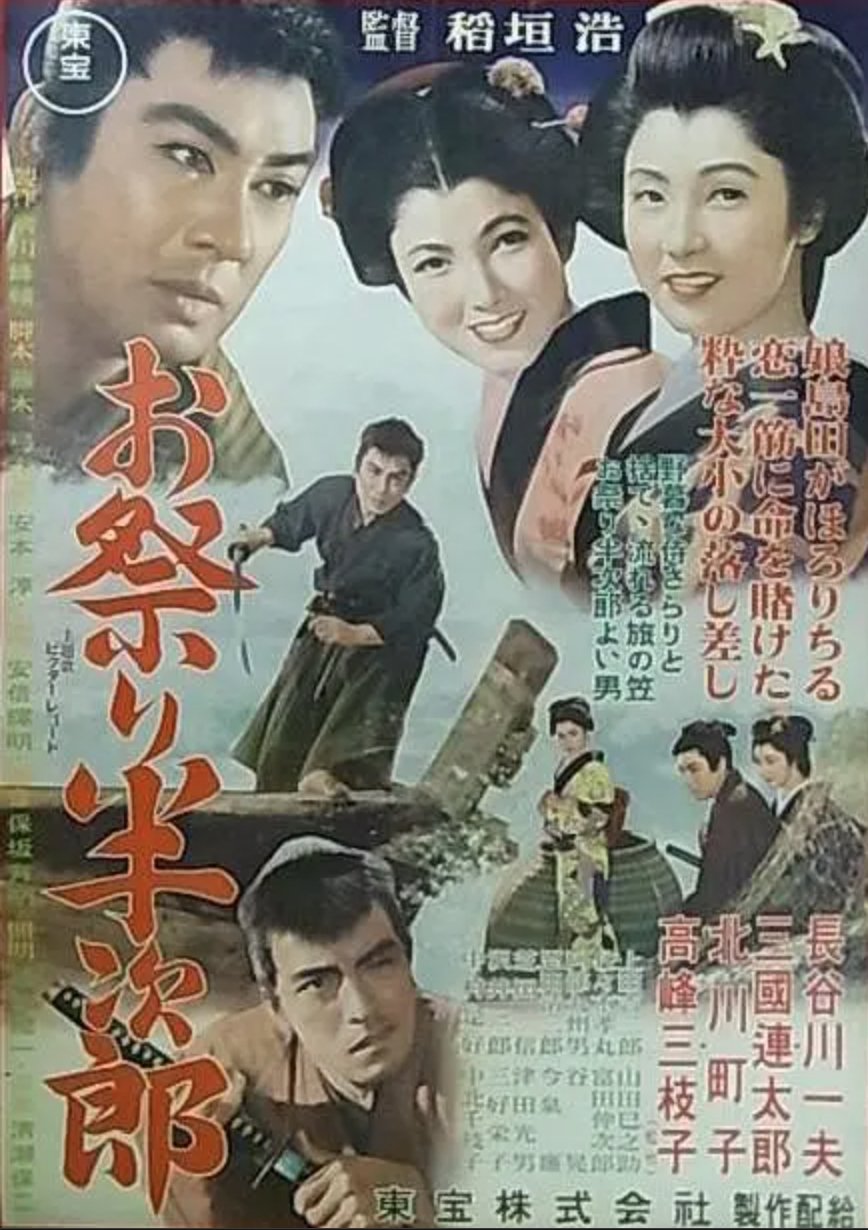
お祭り半次郎
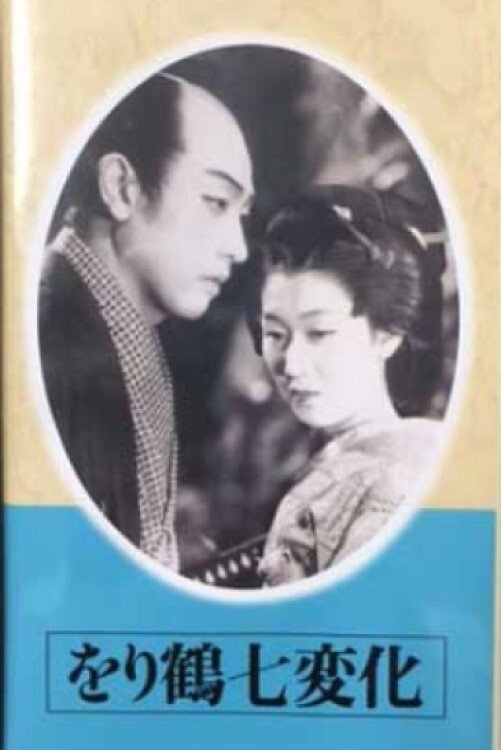
Orizu nan henge: zen

をり鶴七変化
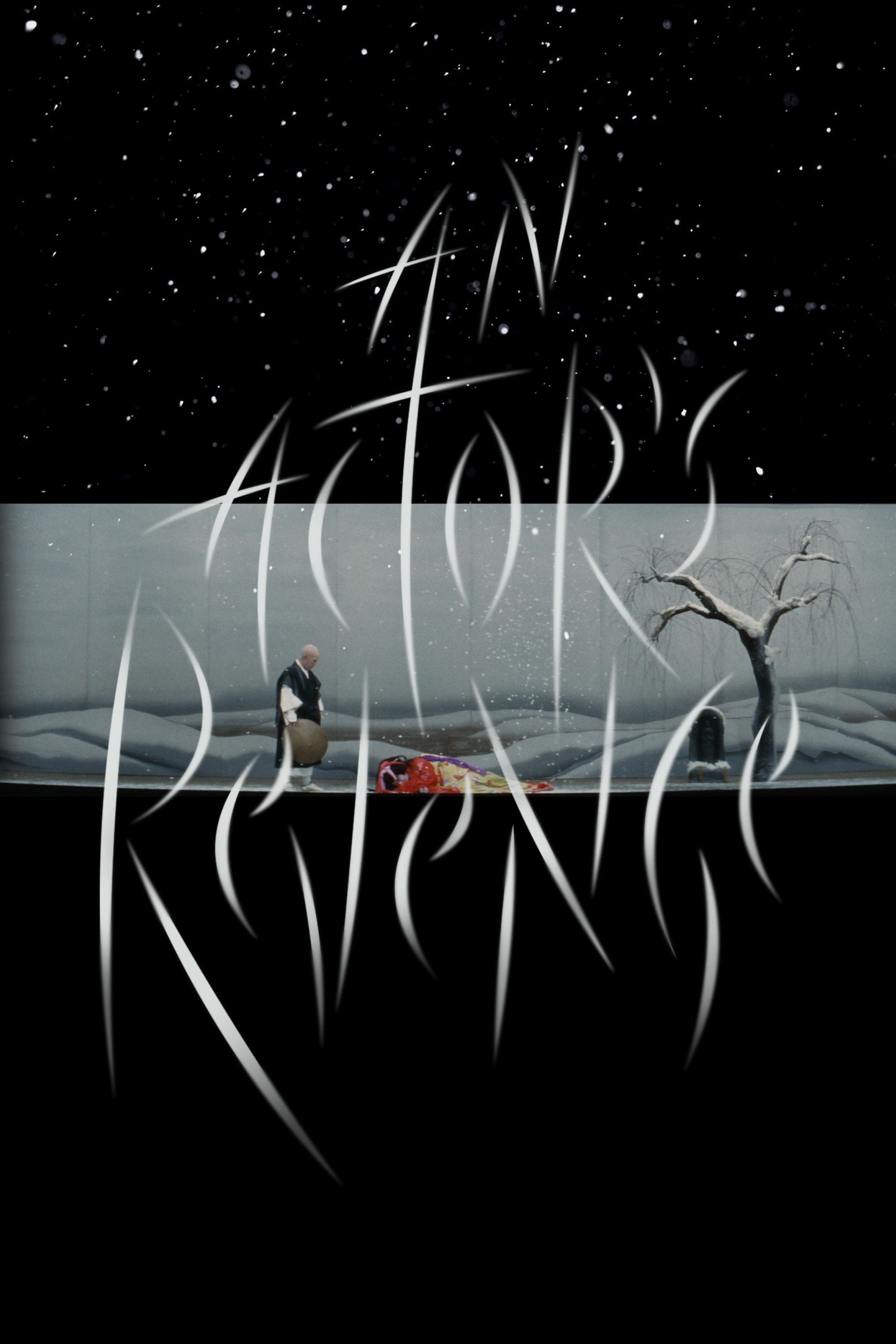
Yukinojo Nakamura / Yamitaro the Thief
雪之丞変化

Mohei
近松物語
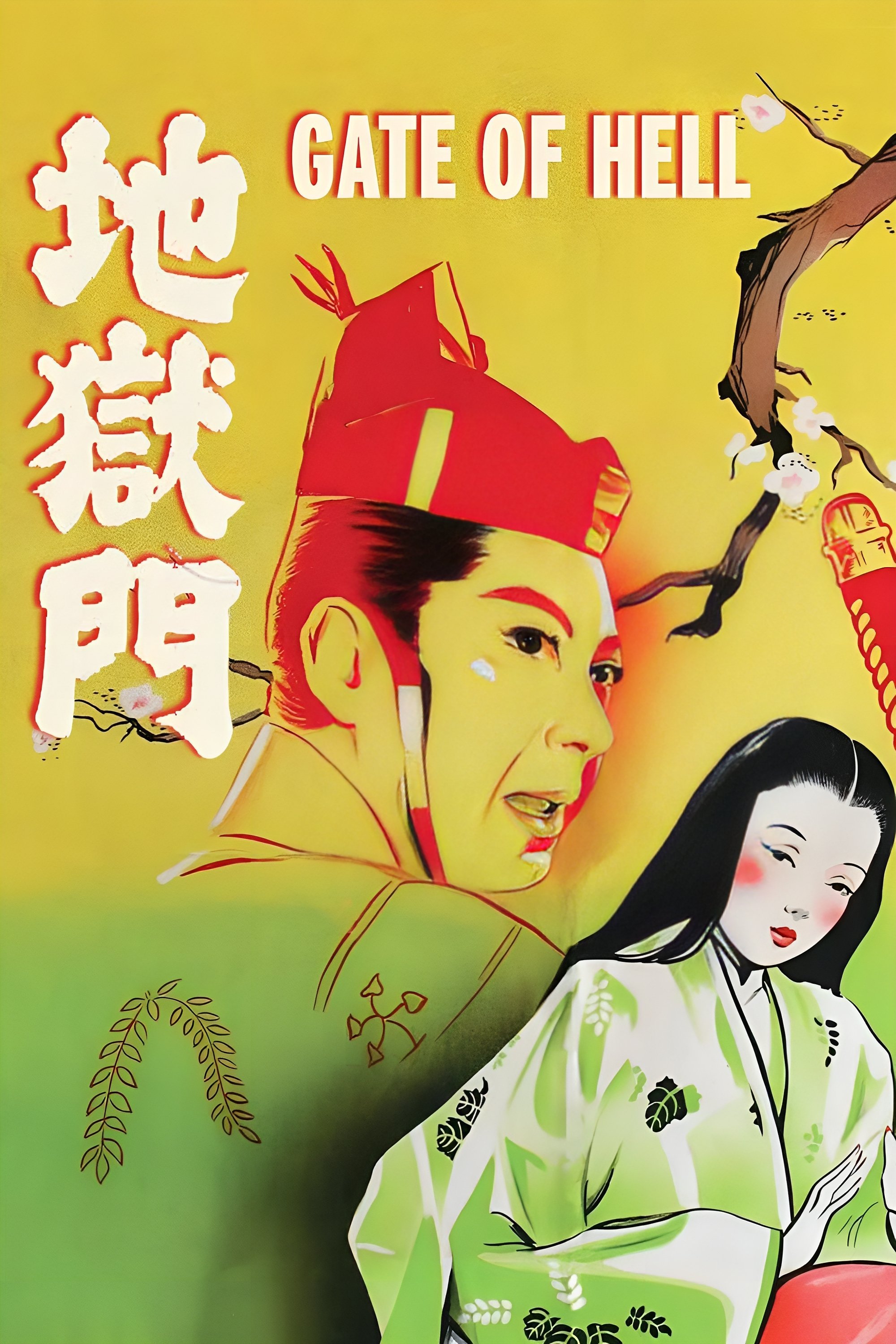
Moritō Endō
地獄門
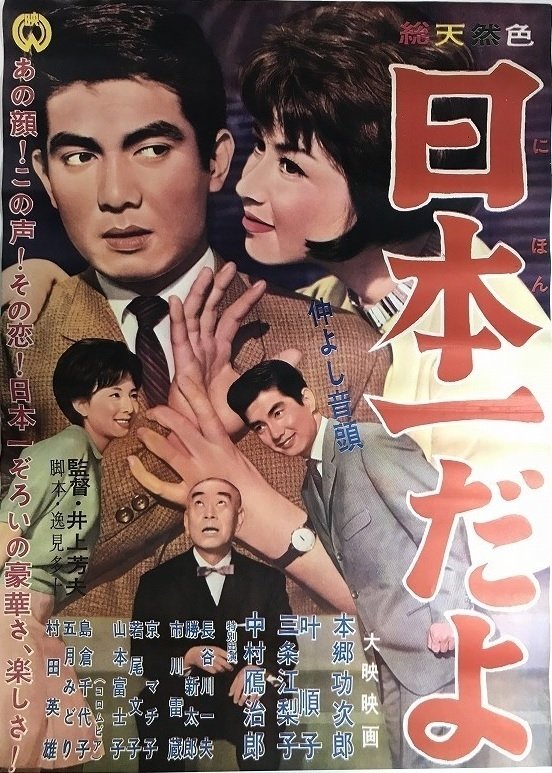
仲良し音頭・日本一だよ
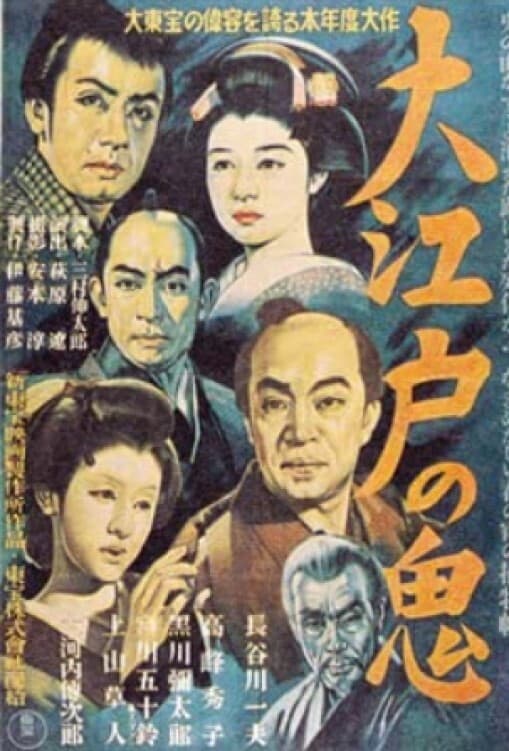
大江戸の鬼
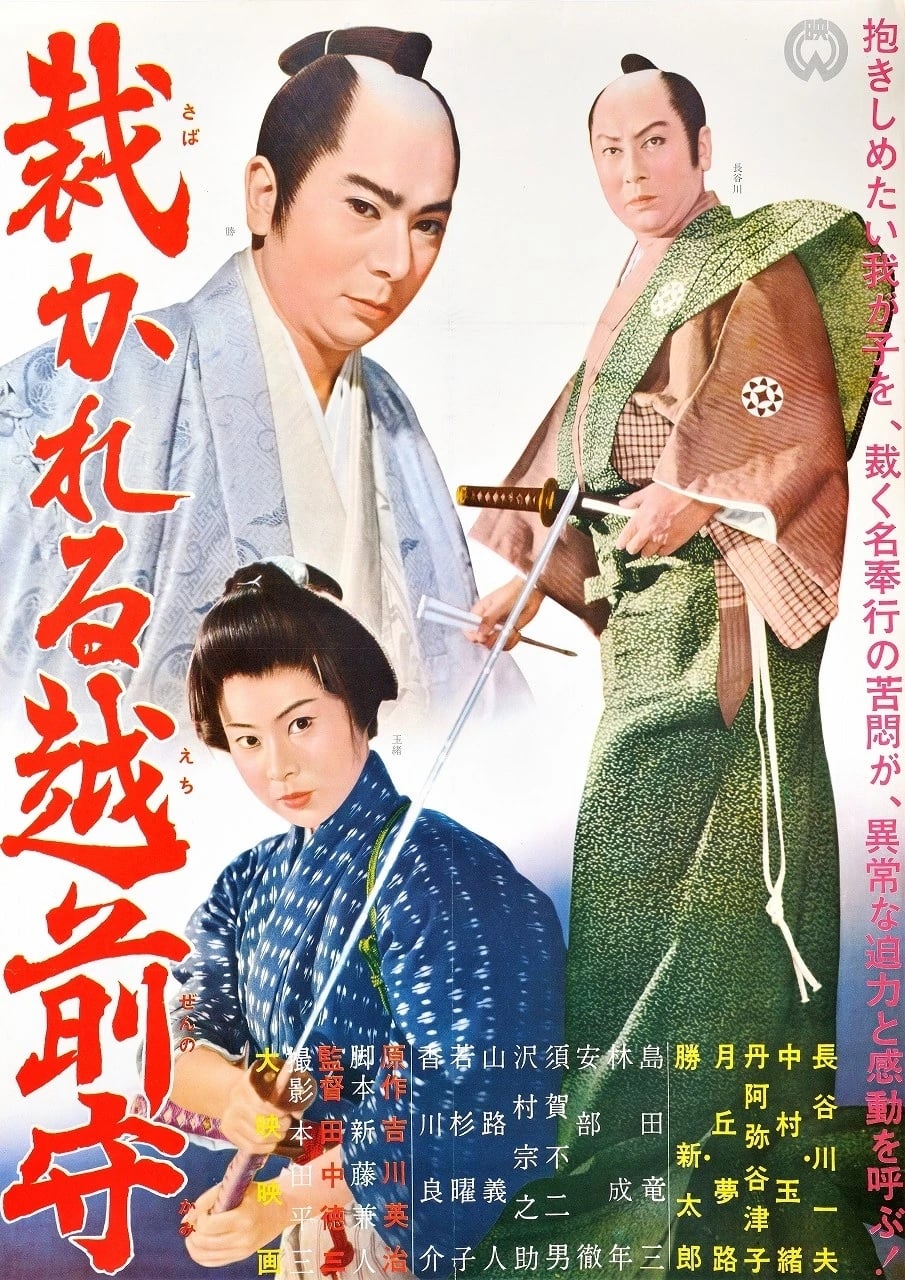
裁かれる越前守
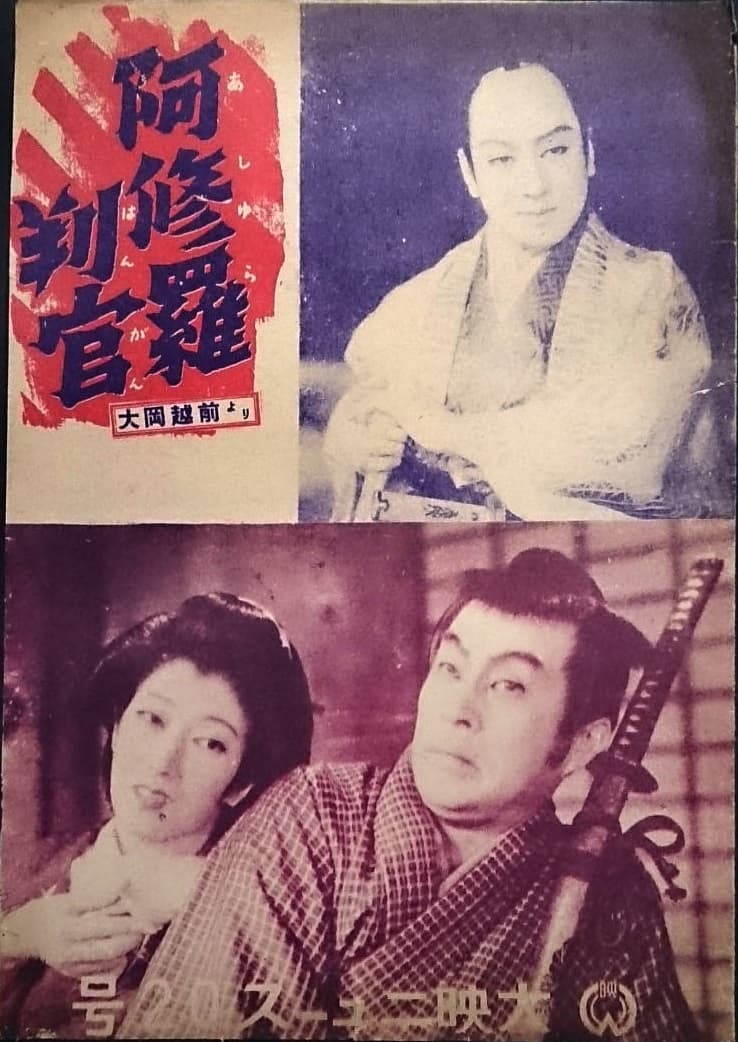
阿修羅判官
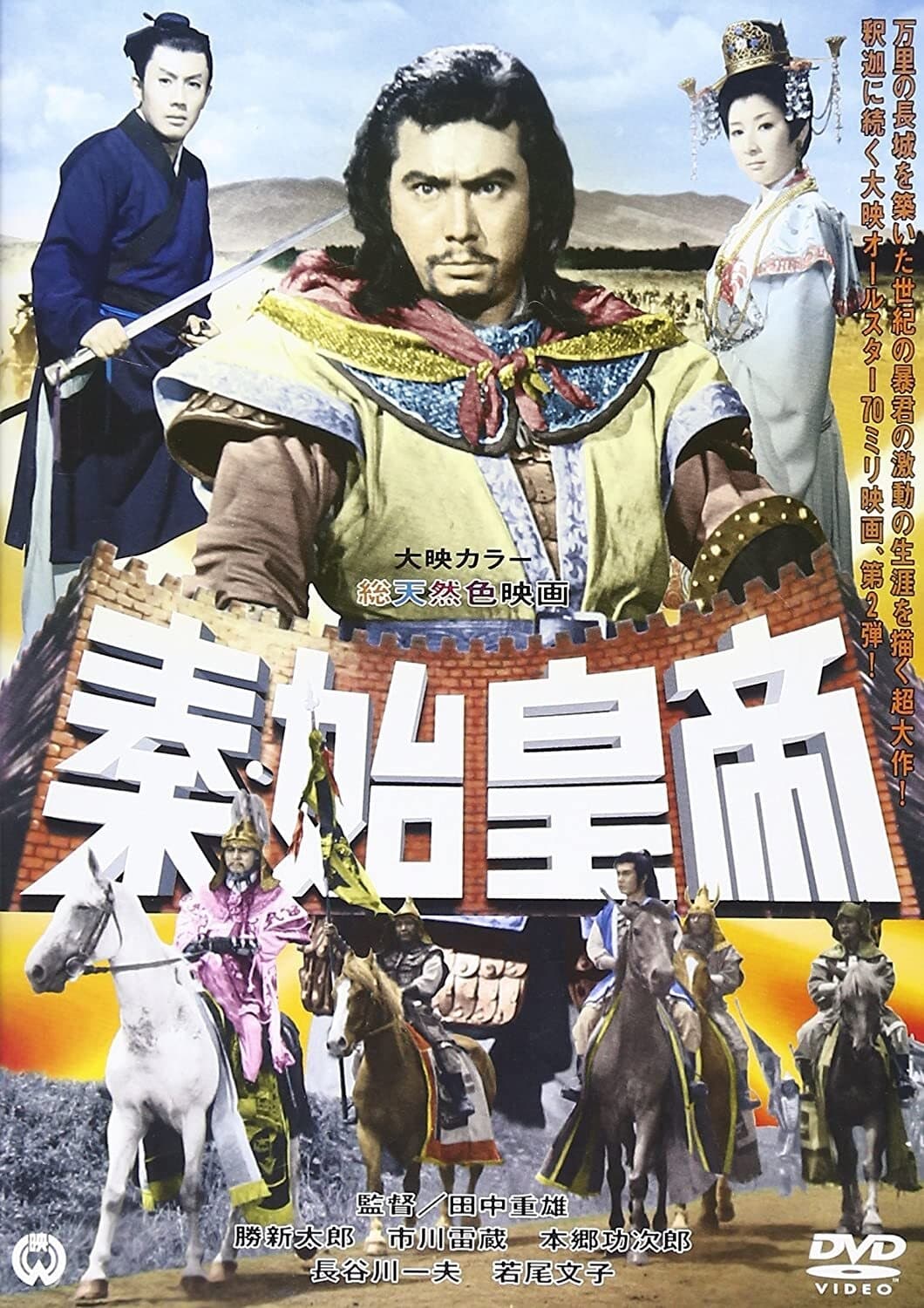
秦・始皇帝
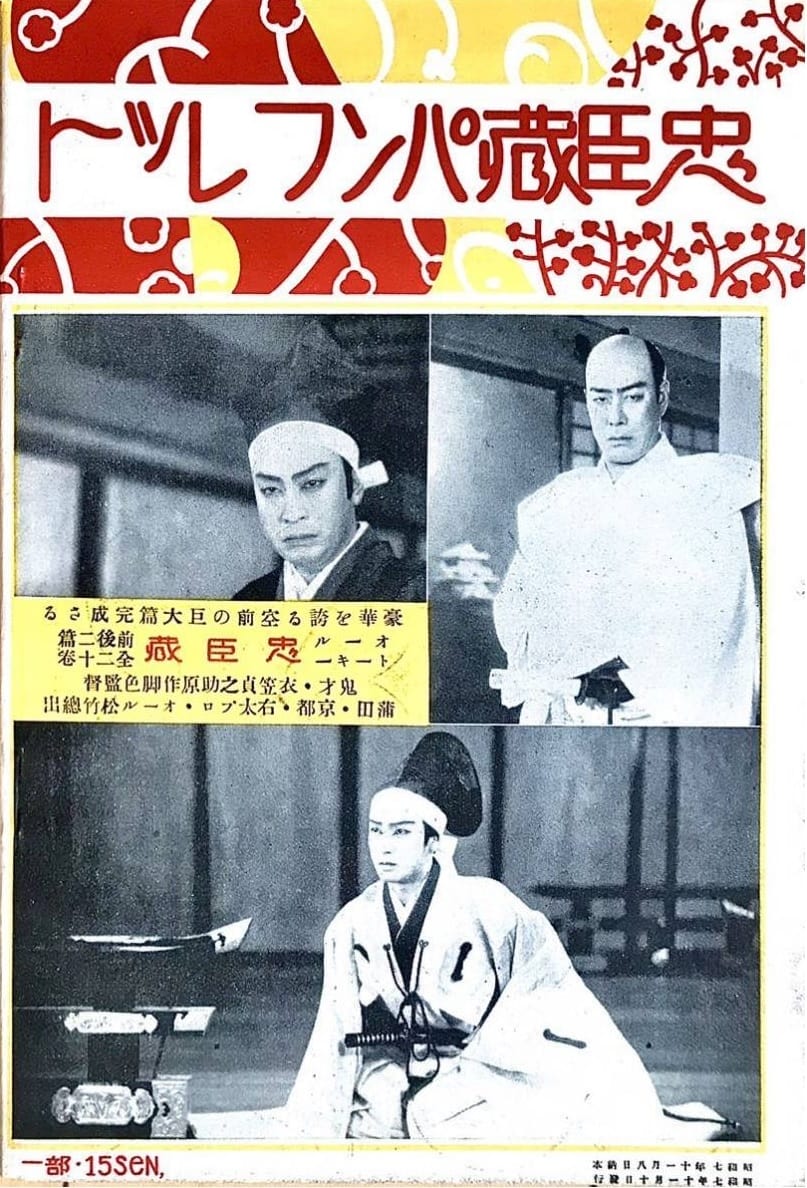
忠臣蔵

Reizaburo Namiki
Oni Azami
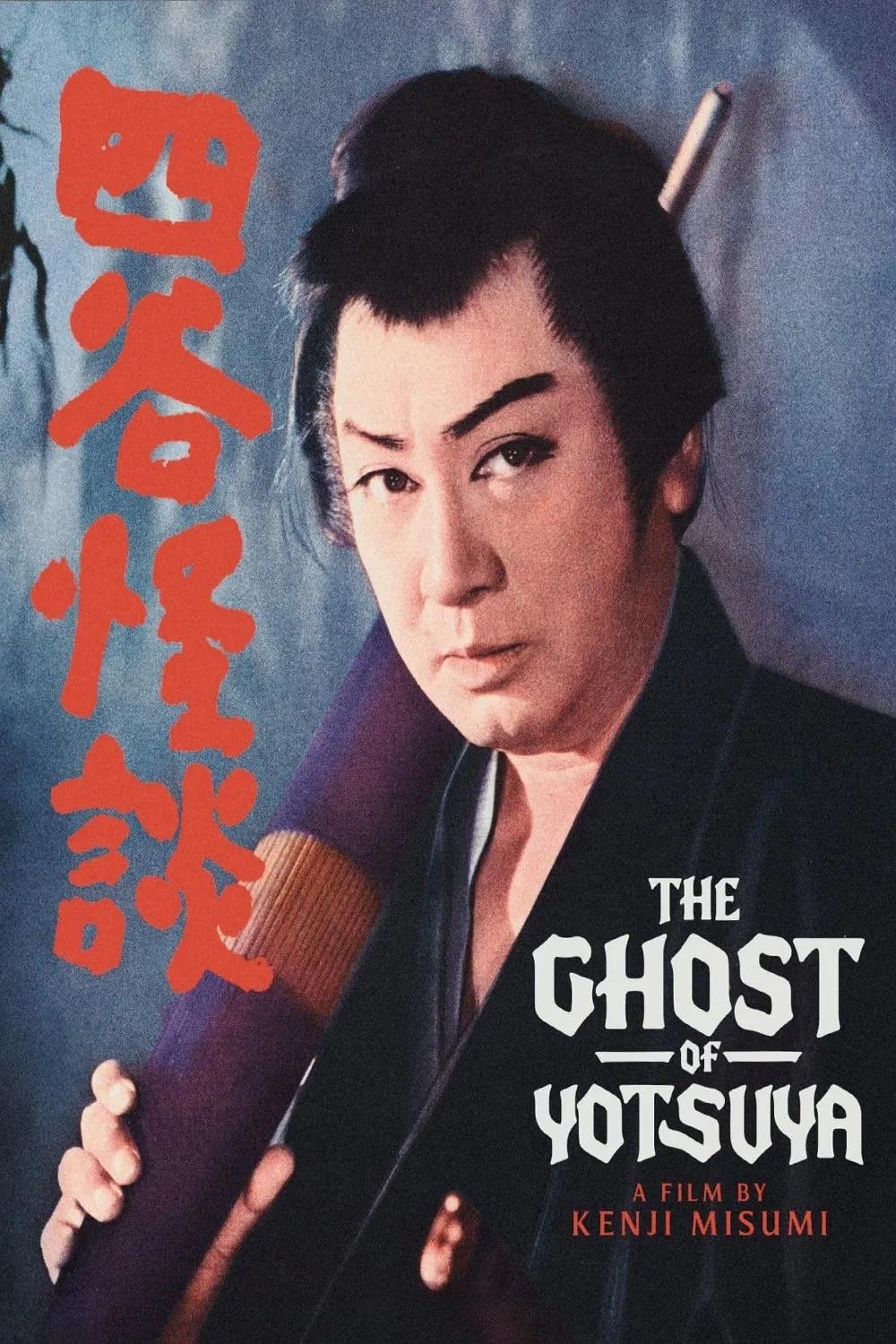
Iemon Tamiya
四谷怪談

Kikuchi Hankuro
鳥辺山心中
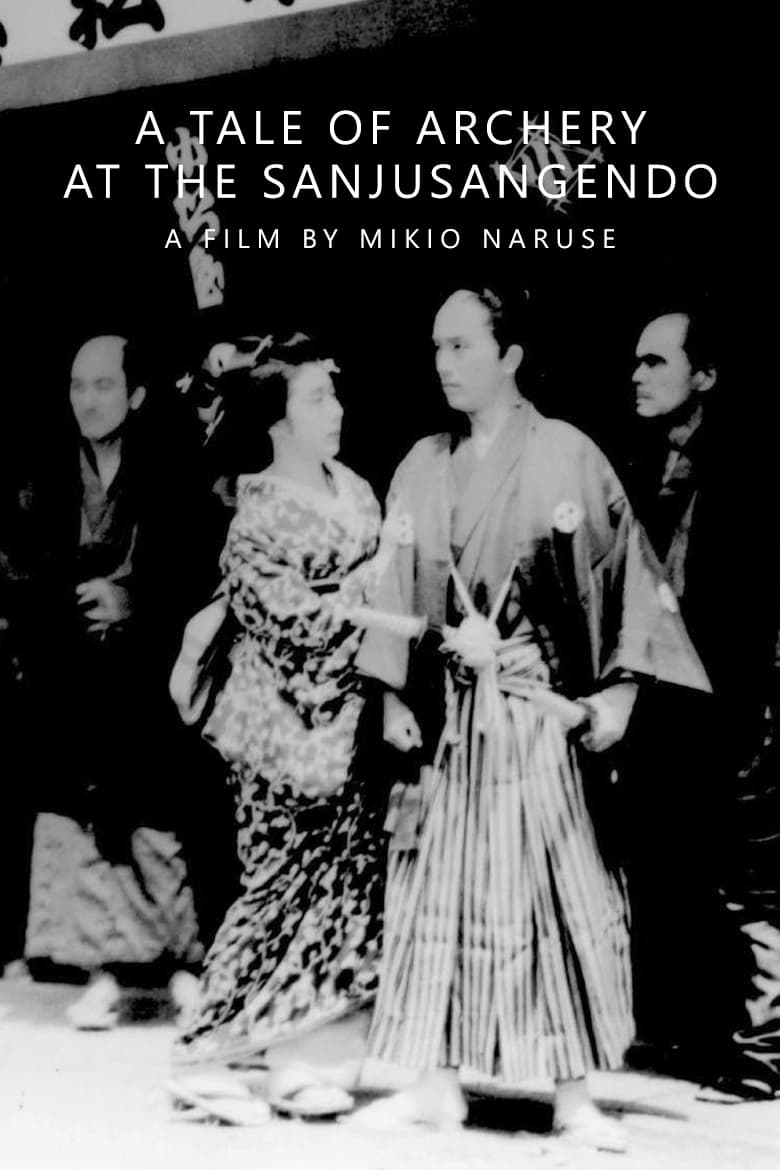
Kanbei Kanzamon
三十三間堂・通し矢物語

Benten Kozo Kikunosuke
弁天小僧
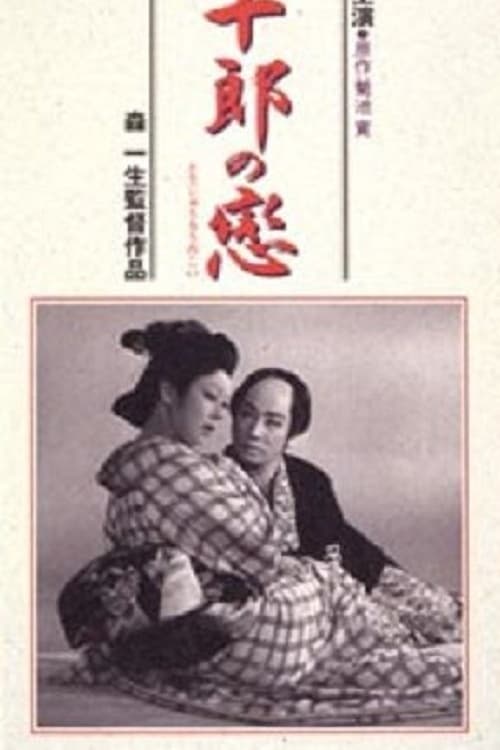
Sakata Tojuro
藤十郎の恋

銭形平次捕物控 美人鮫
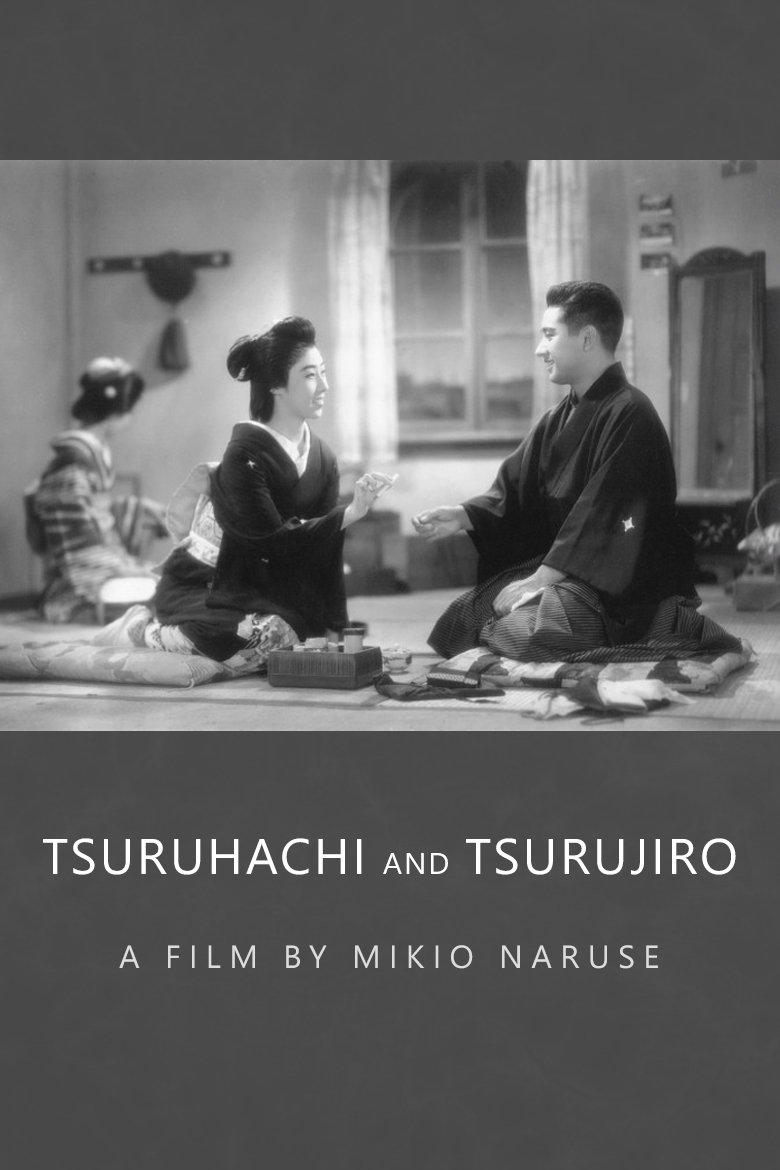
Tsurujiro
鶴八鶴次郎
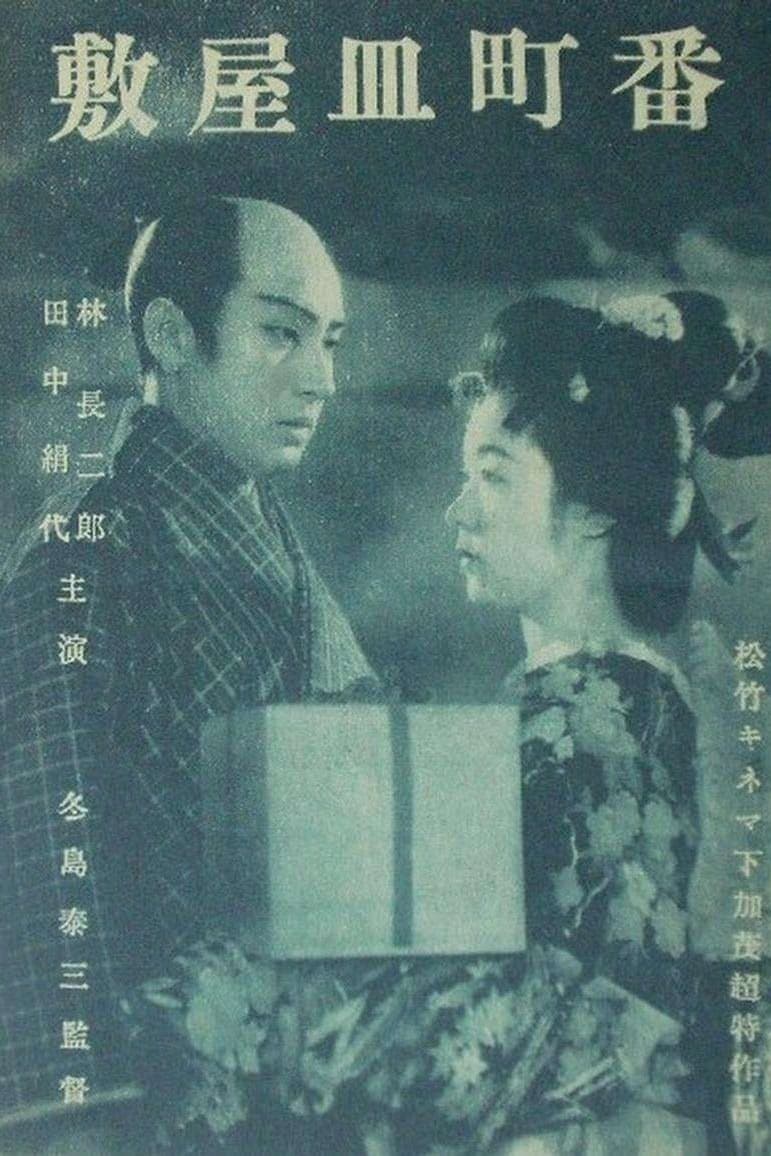
敷屋皿町番

黎明以前
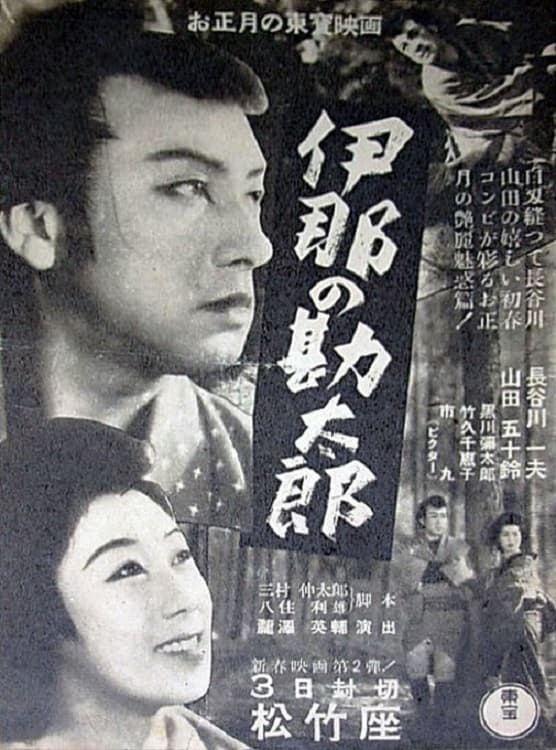
伊那の勘太郎
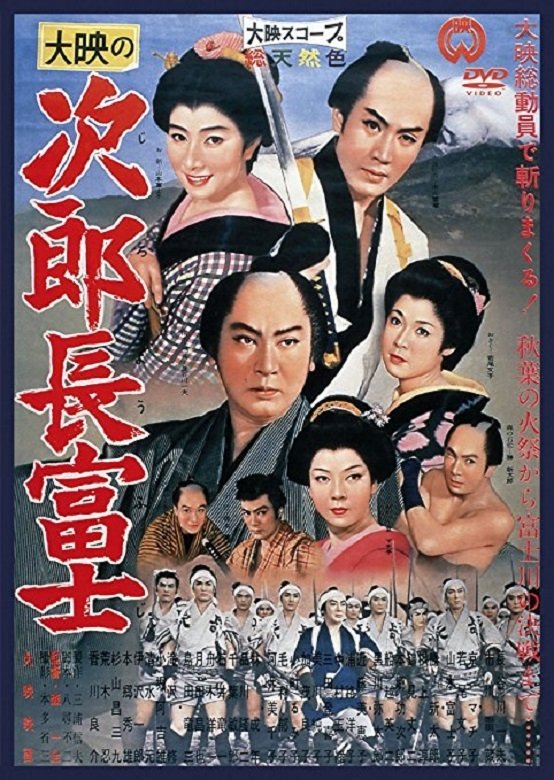
Shimizu no Jirocho
次郎長富士

雪之丞変化 解決篇
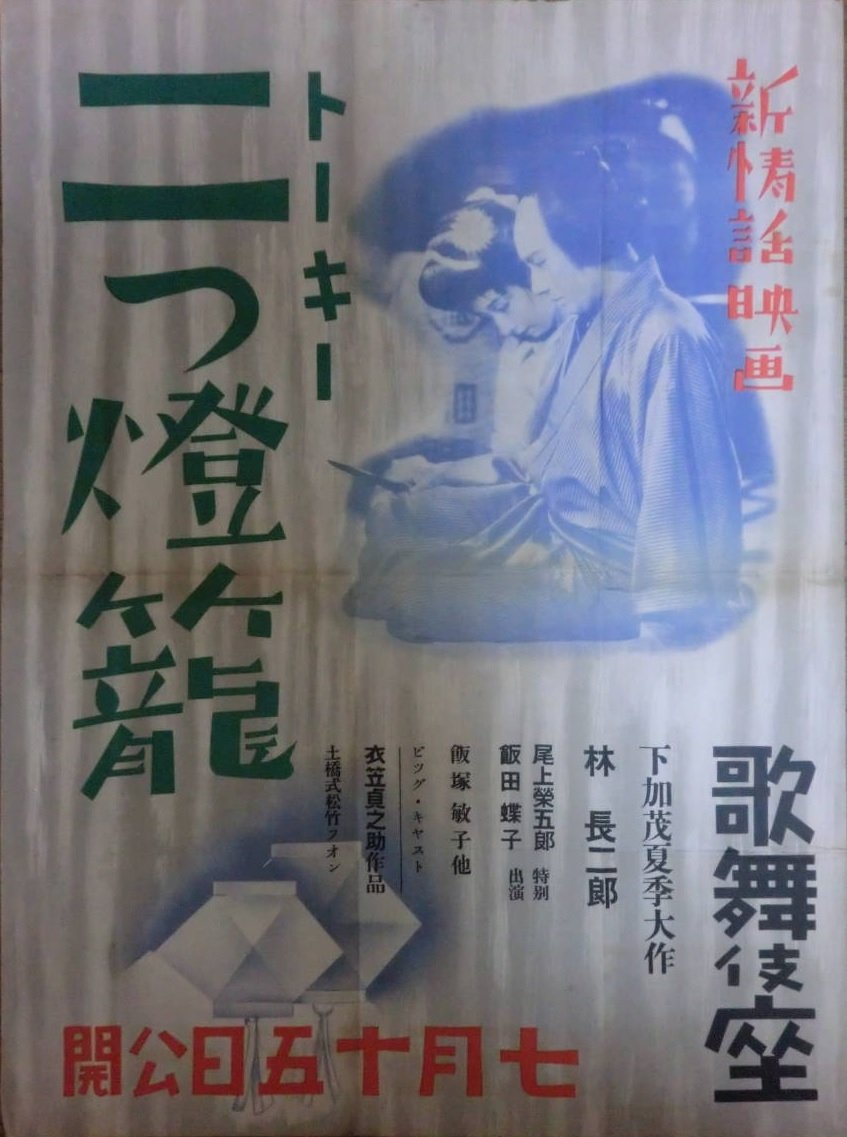
二つ燈籠
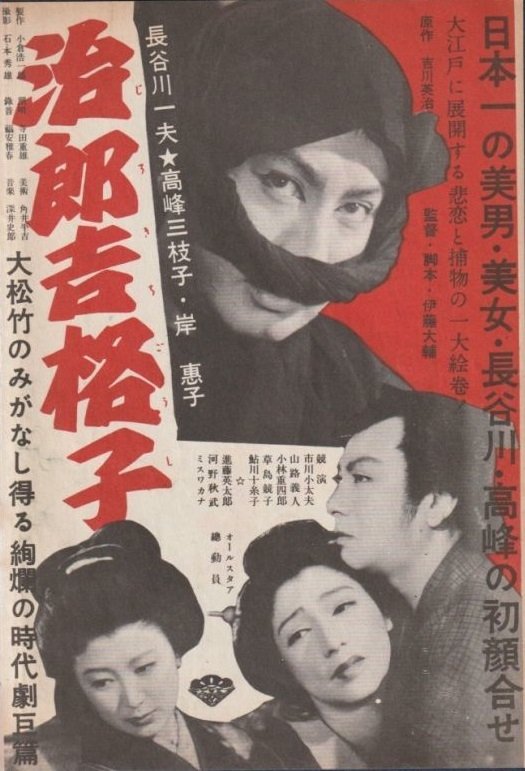
道中師
治郎吉格子

治郎吉
治郎吉格子
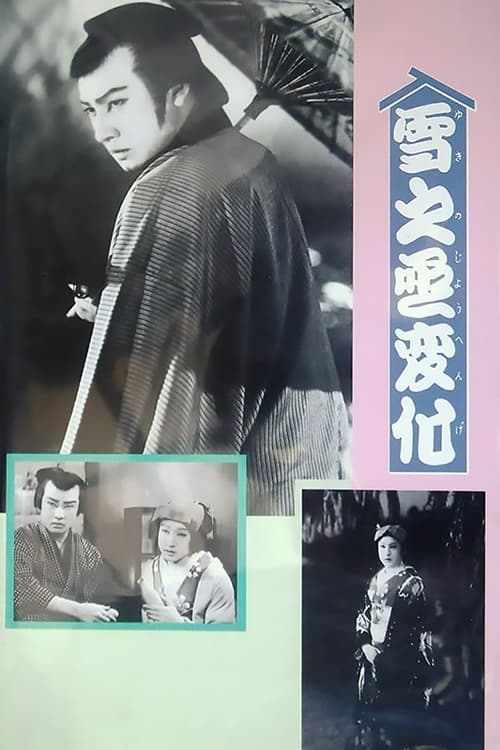
Yokinojo, Yamitaro and Yokinojo's mother (as Chôjirô Hayashi)
雪之丞変化
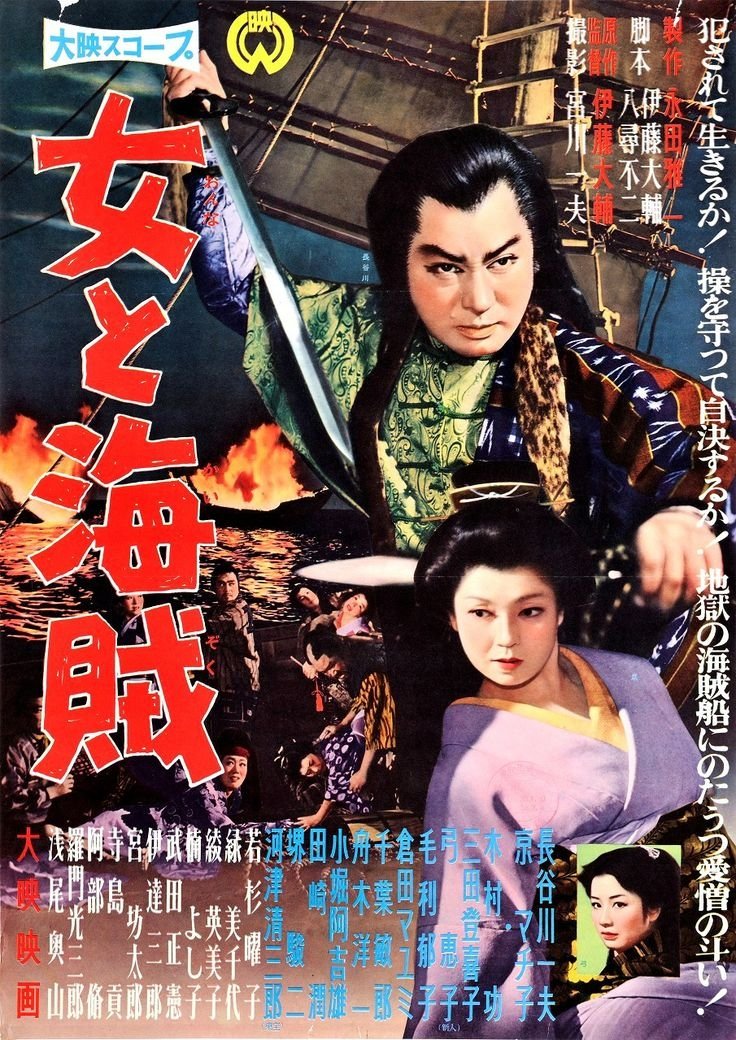
御崎庄五郎
女と海賊
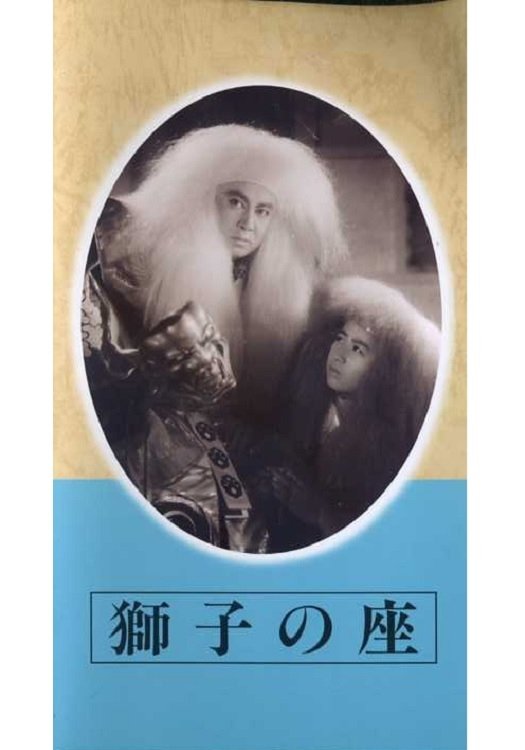
Yagoro Hosho
獅子の座
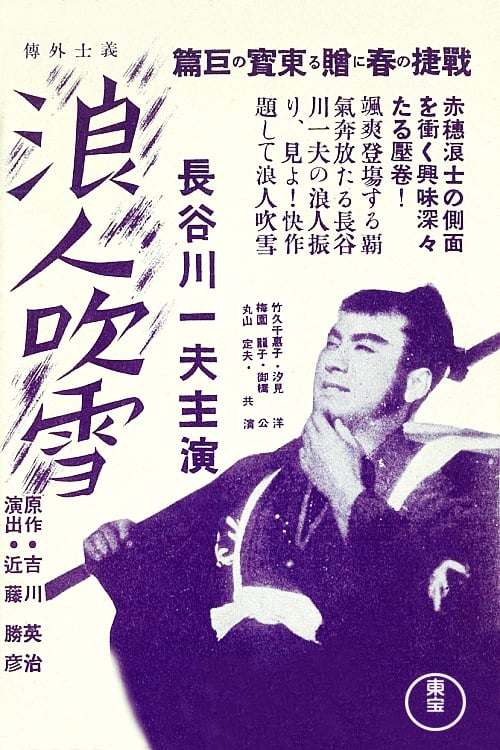
浪人吹雪
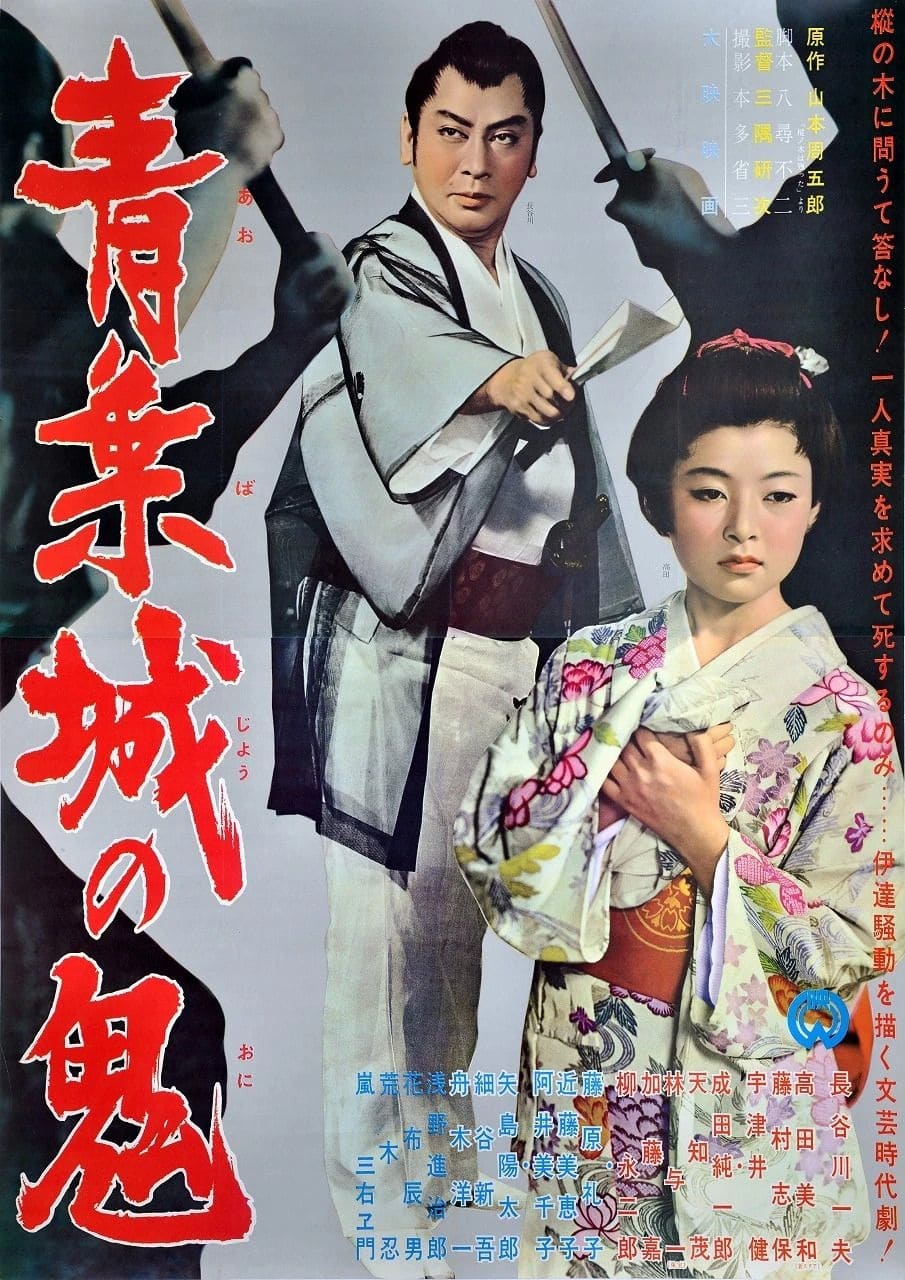
青葉城の鬼
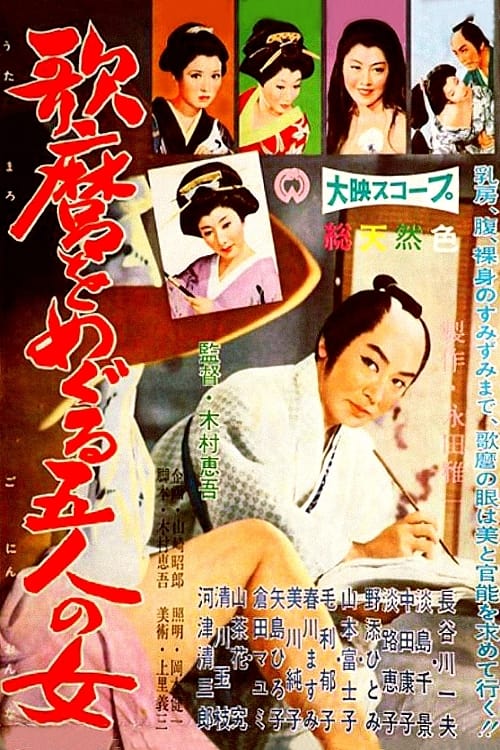
Kitagawa Utamaro
歌麿をめぐる五人の女
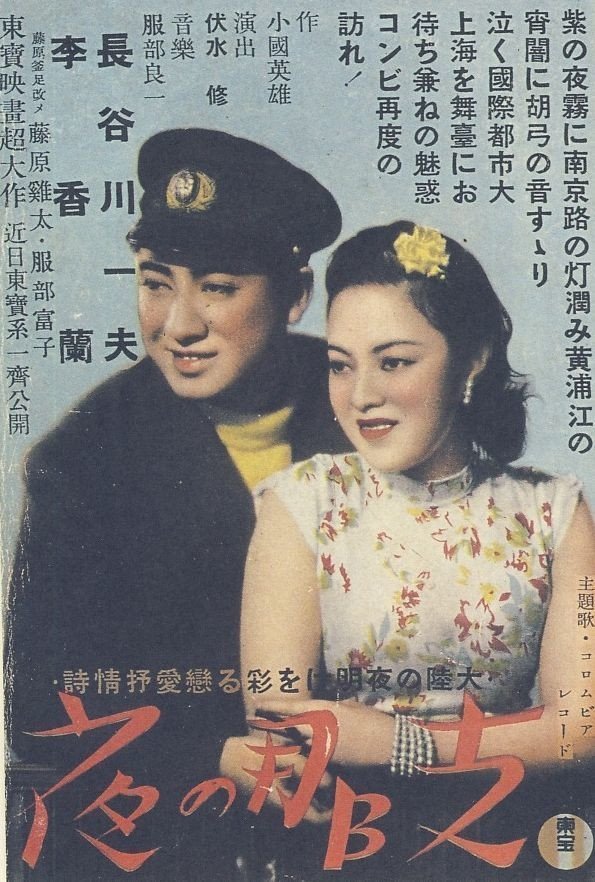
支那の夜
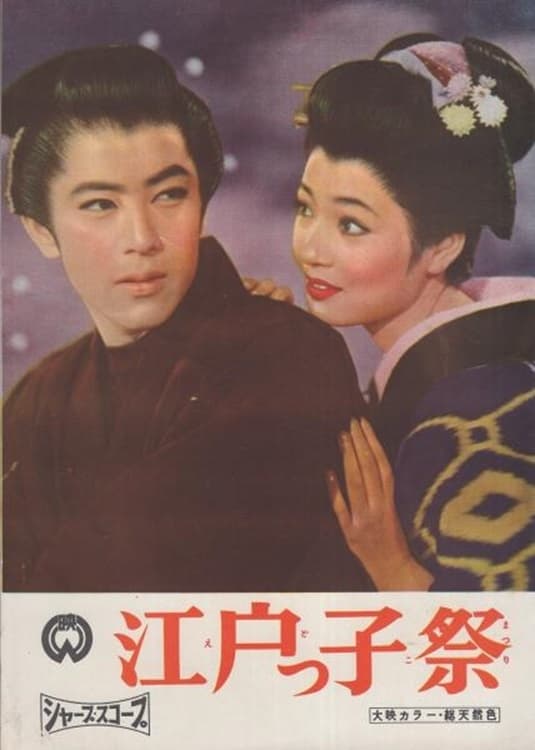
江戸っ子祭
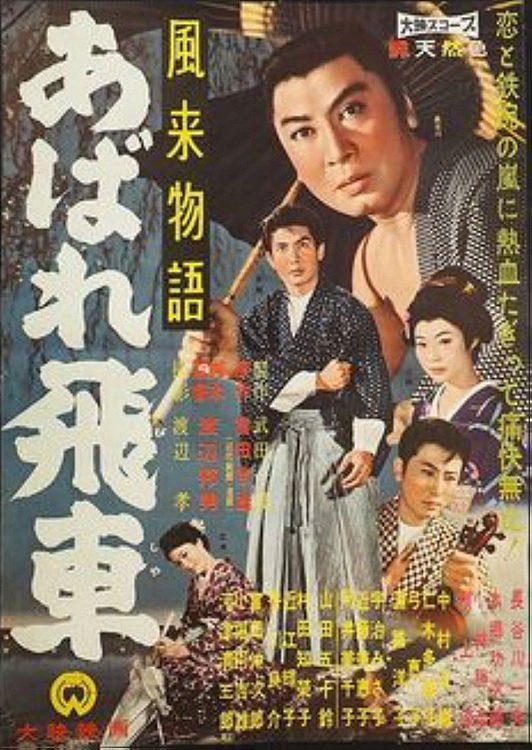
風来物語 あばれ飛車
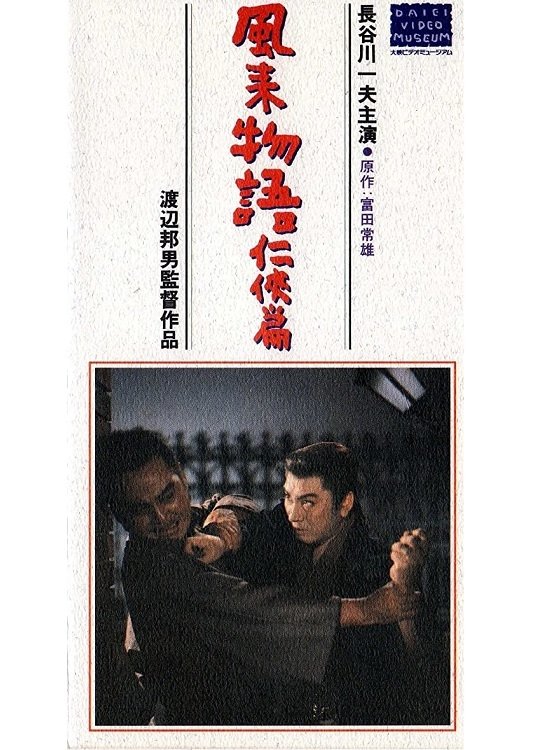
風来物語任侠篇

番町皿屋敷 お菊と播磨
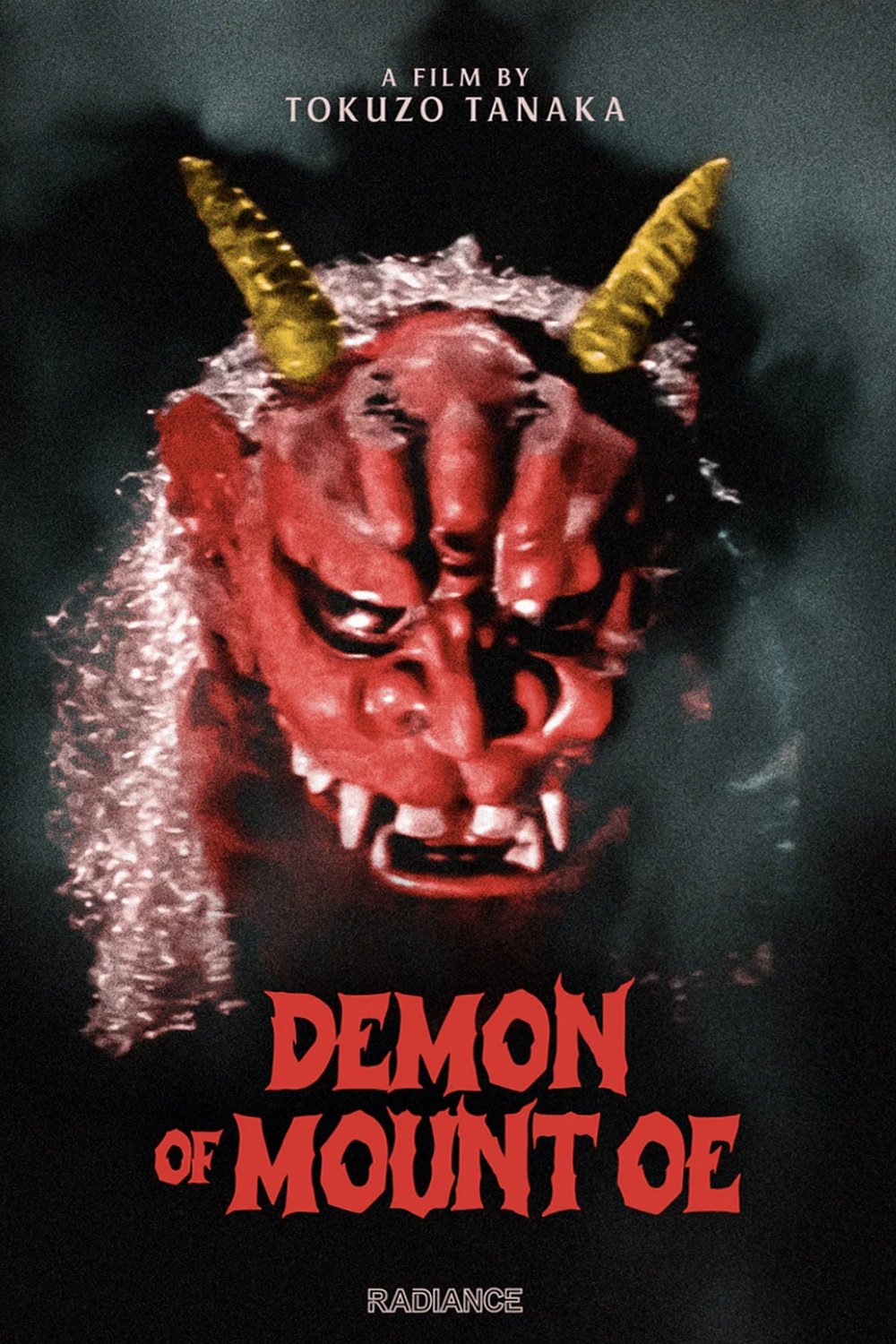
Shuten-dôji
大江山酒天童子
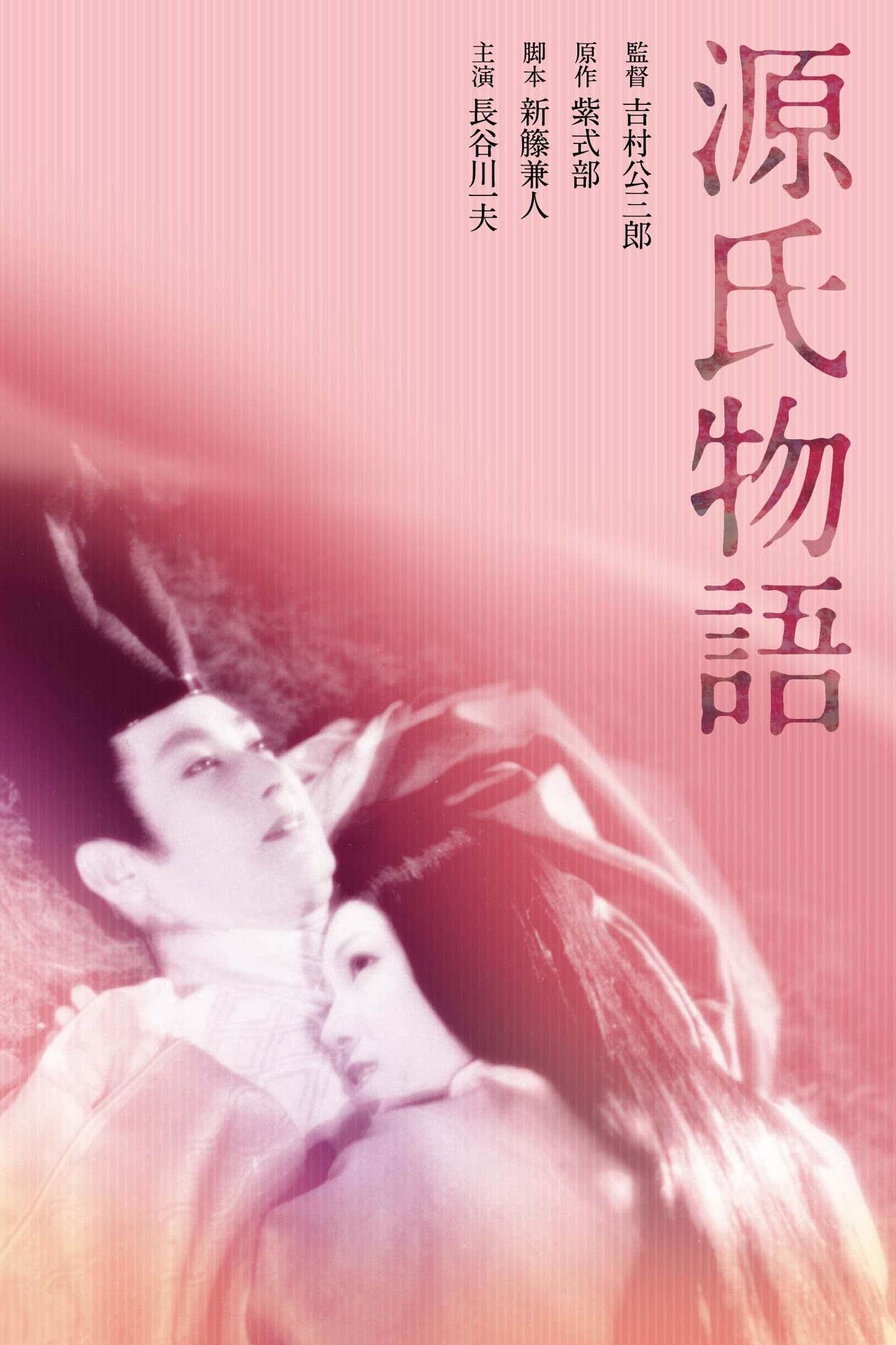
Hikaru Genji
源氏物語

Kokichi Matsumura
白蘭の歌

後に続くを信ず

黒手組助六

Yasuo the Bridegroom
花婿の寝言
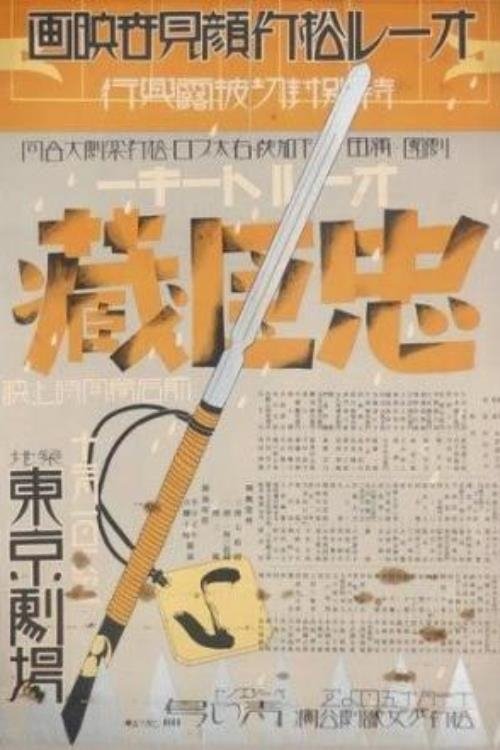
Asano Takuminokami and Yoshida Sawaemon (as Chôjirô Hayashi)
忠臣蔵

花の遊侠伝
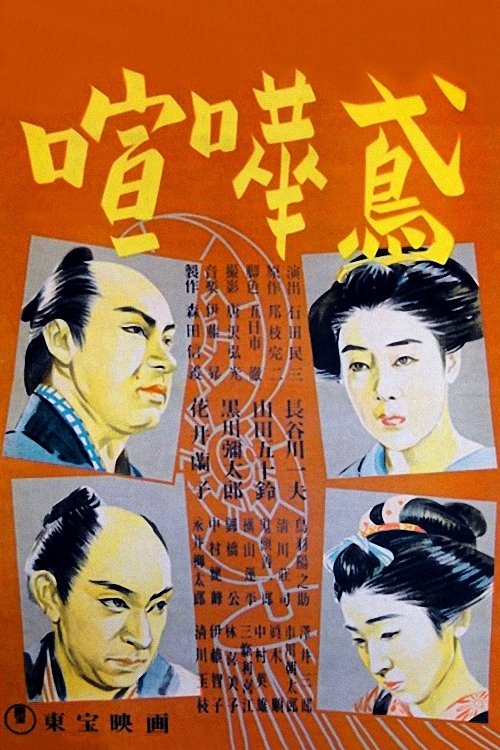
Kichigoro
喧嘩鳶
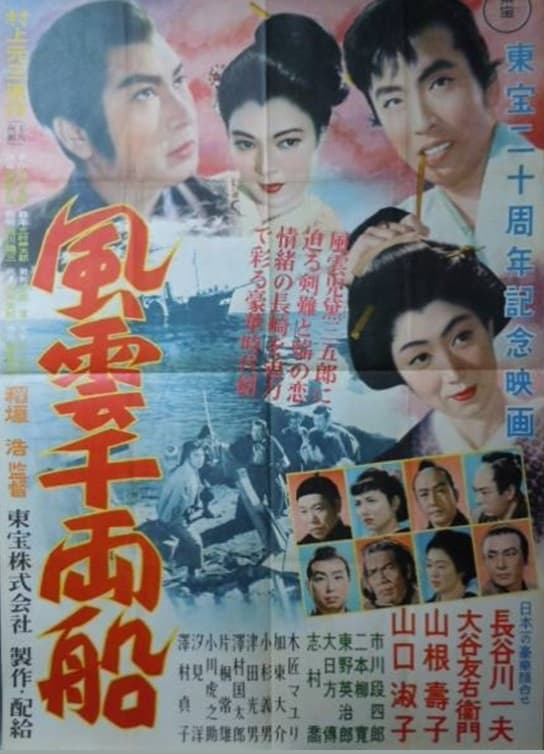
風雲千両船
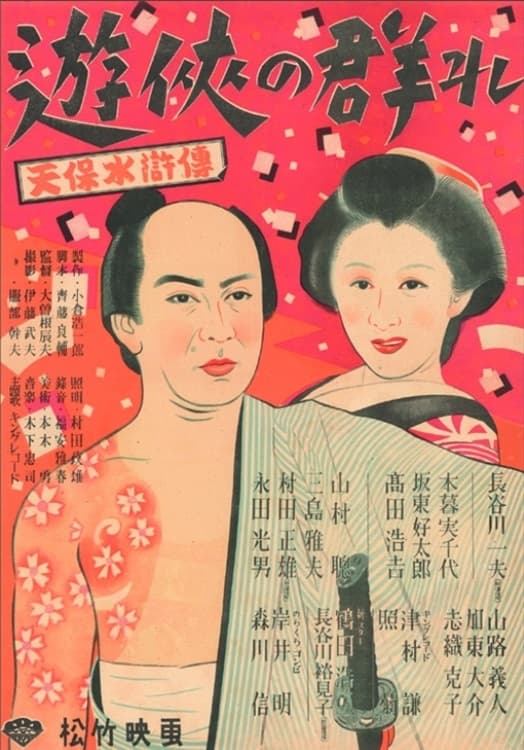
遊侠の群れ
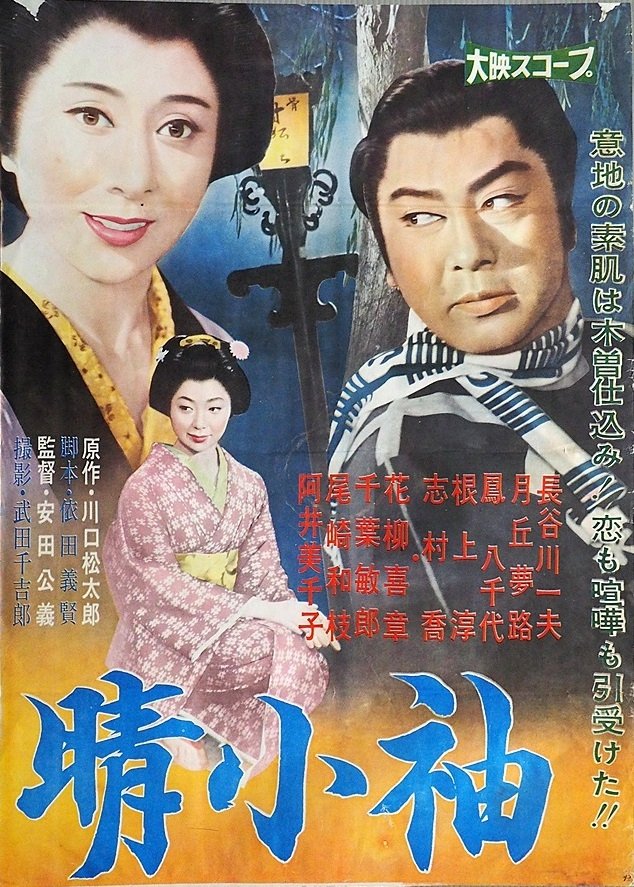
晴小袖
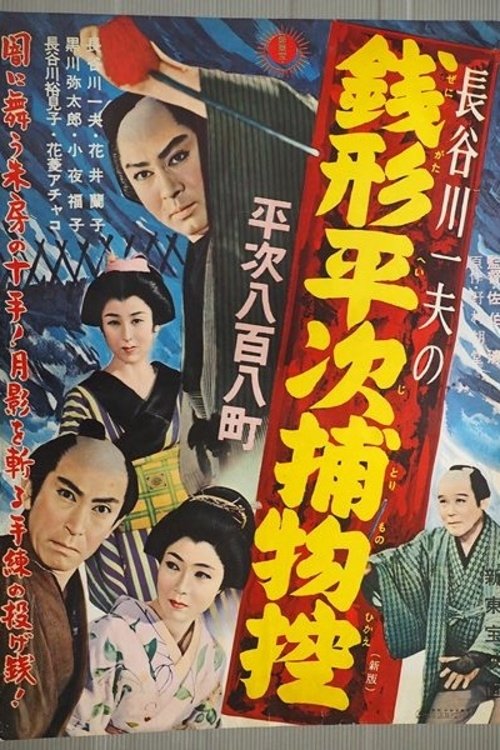
Zenigata Heiji
銭形平次捕物控 平次八百八町

Nogitsune Sanji
野狐三次
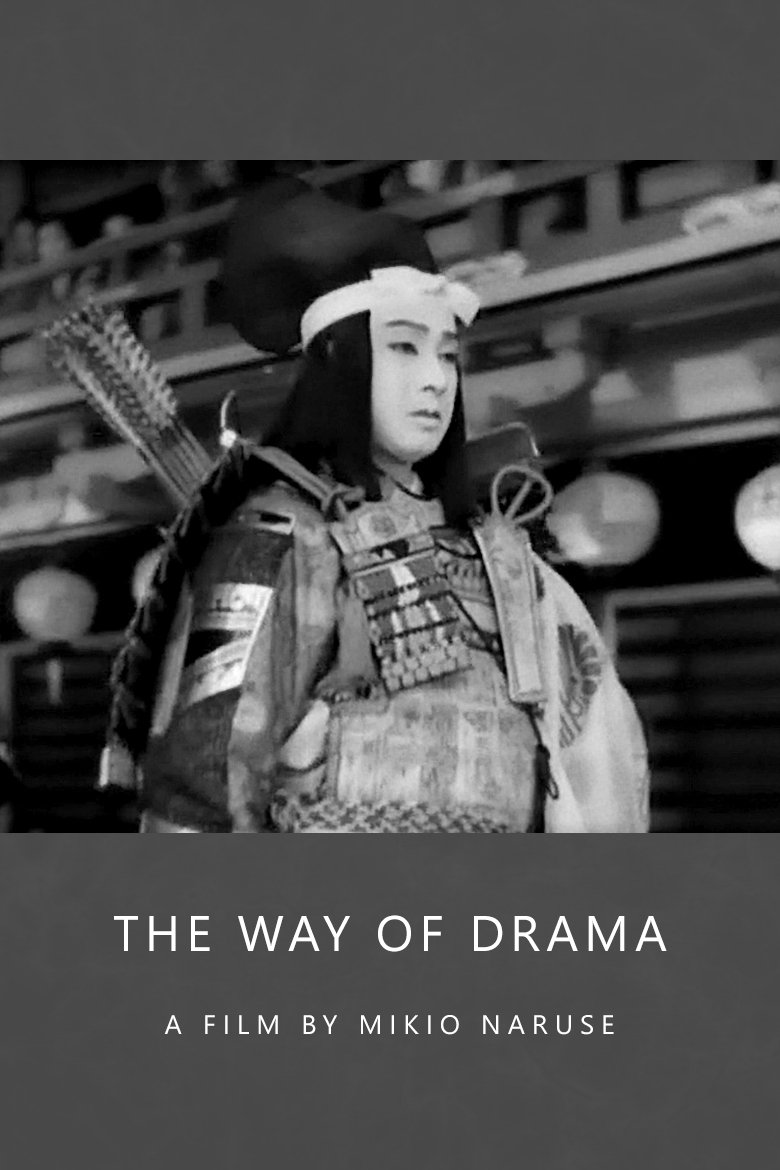
芝居道
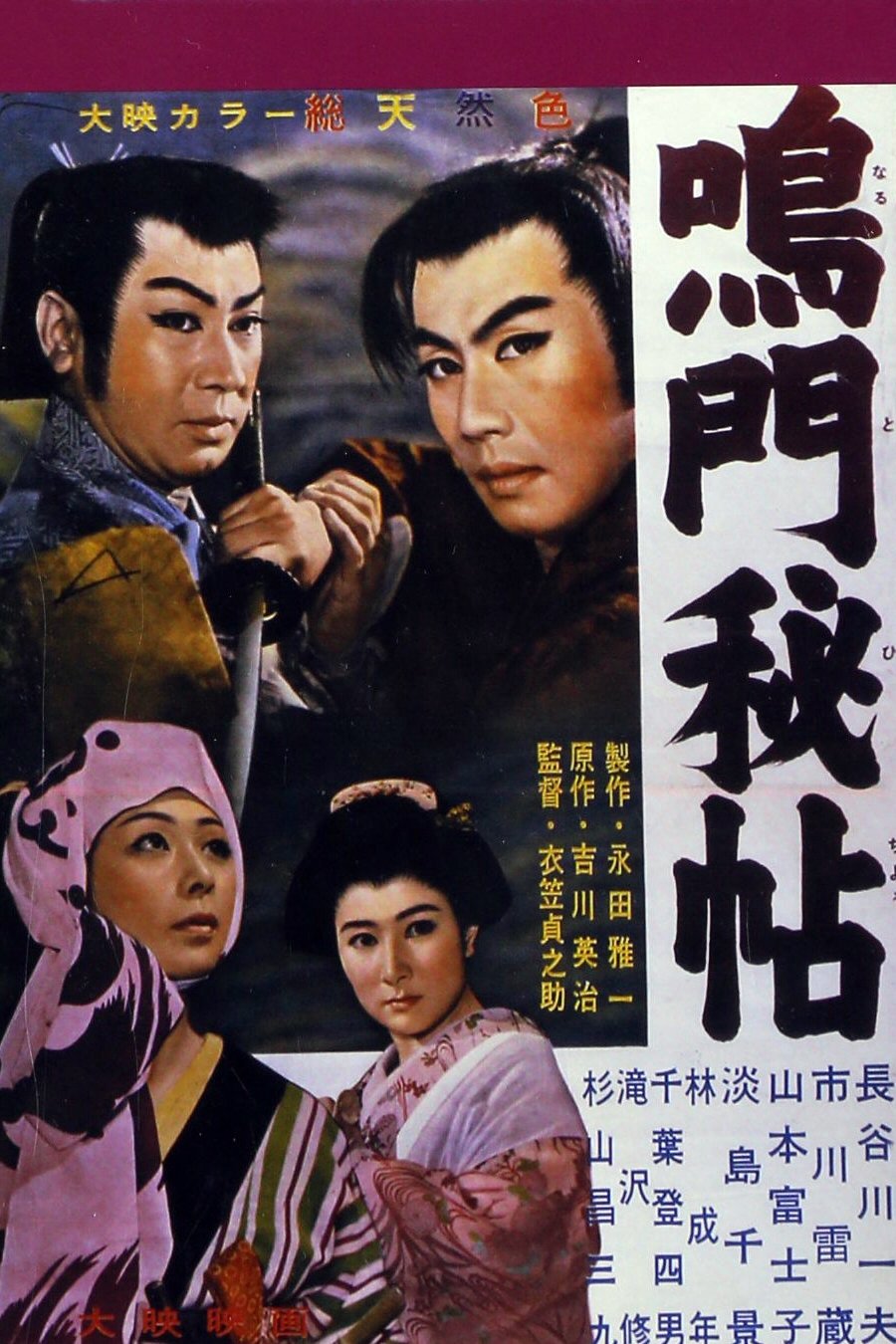
鳴門秘帖

Hinokiya Sentarô
蛇姫様
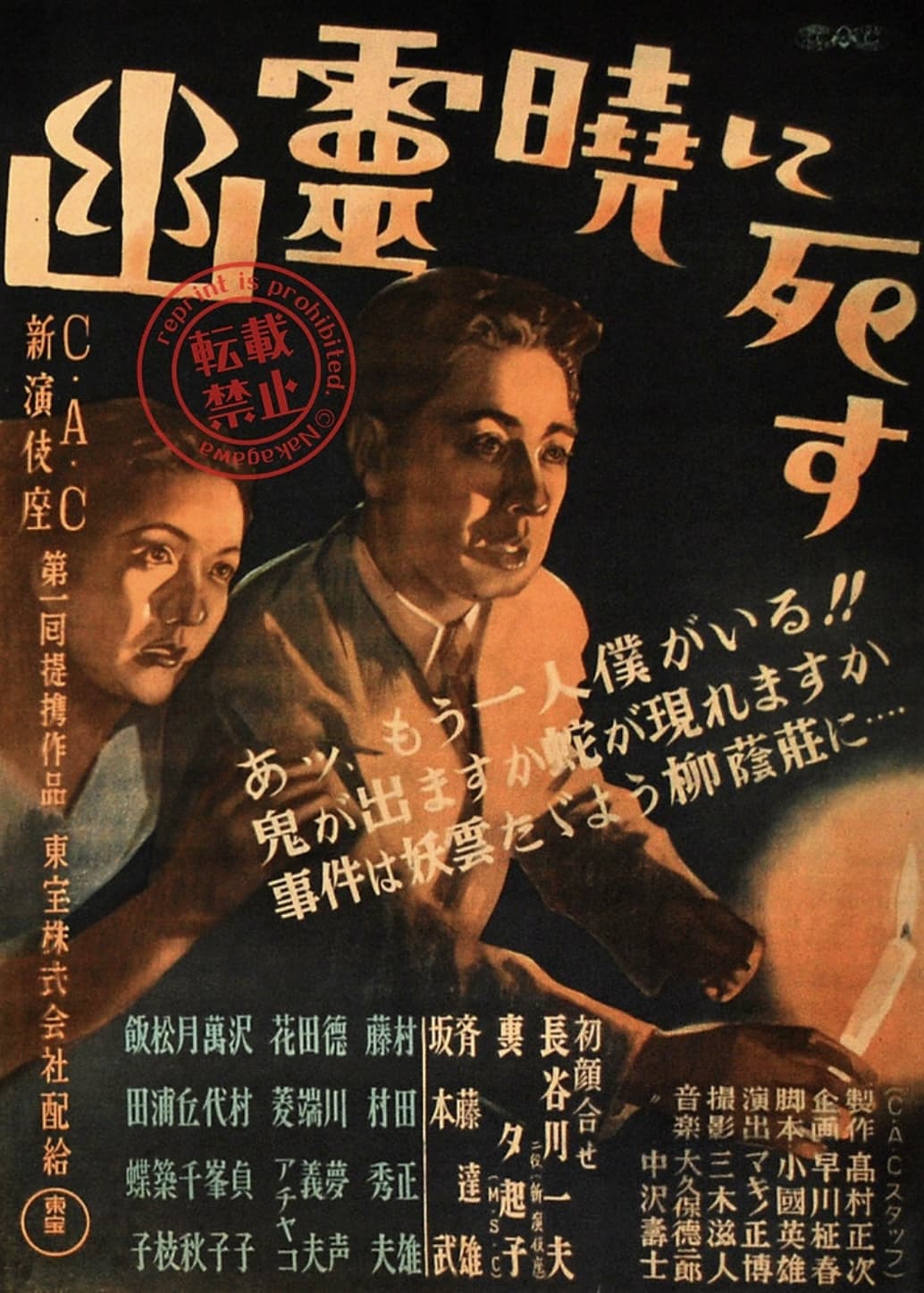
Kohei
幽霊暁に死す

命の港
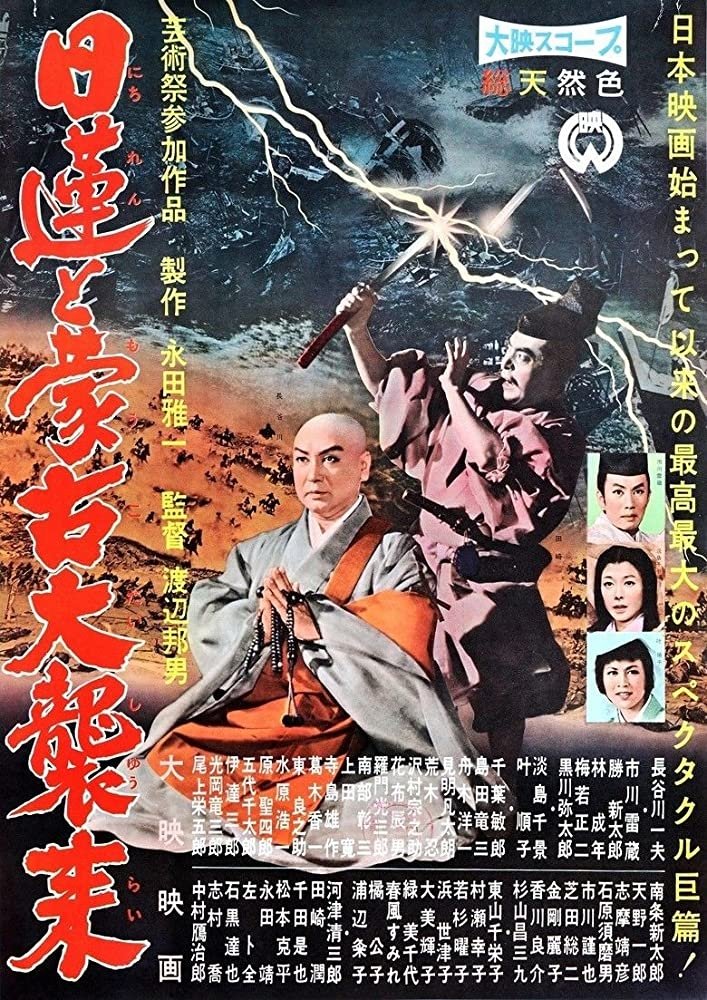
Nichiren
日蓮と蒙古大襲来

幽霊暁に死す
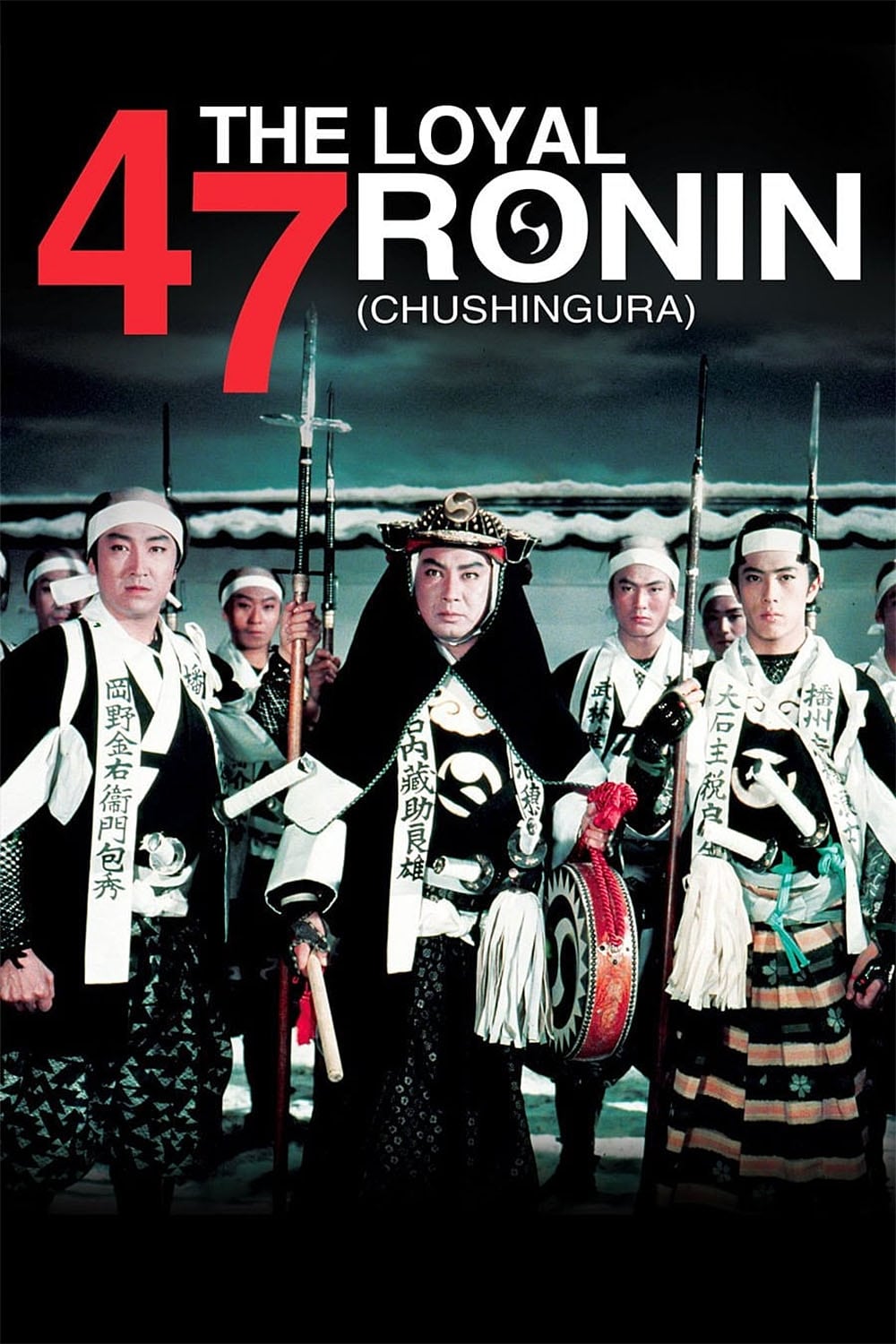
Kuranosuke Ôishi
忠臣蔵
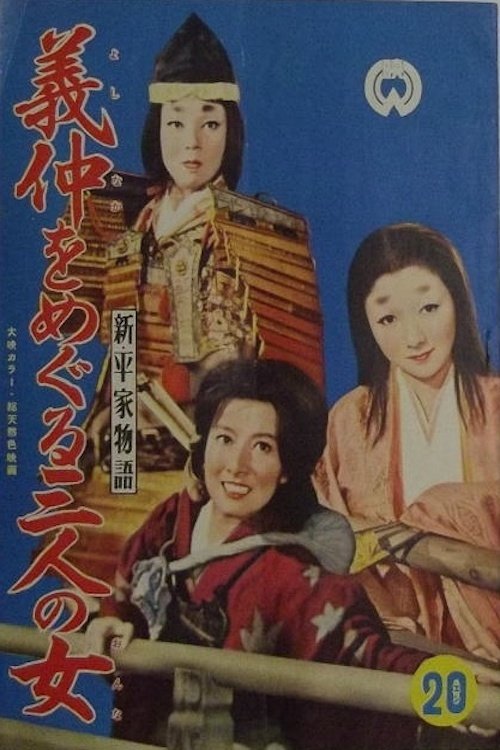
Jirô-Yoshinaka Kiso
新平家物語 義仲をめぐる三人の女

小雨の夜に散った恋
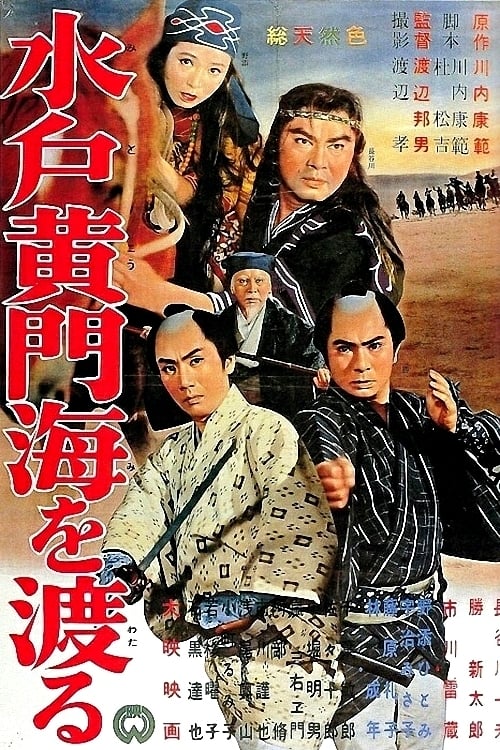
Mito Komon
水戸黄門 海を渡る
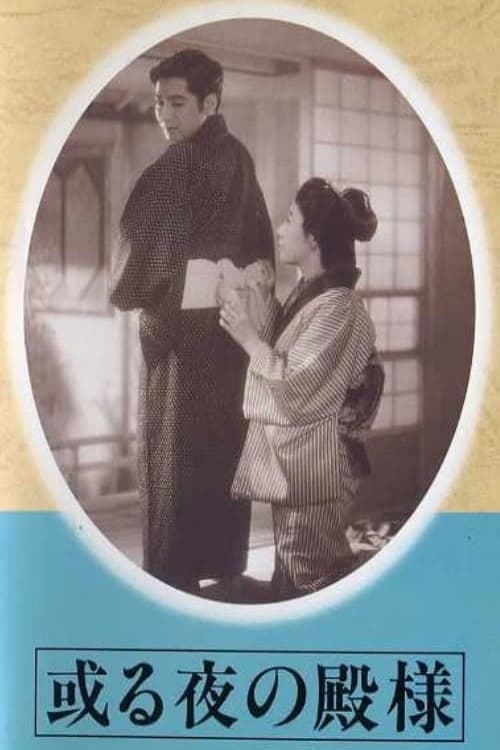
或る夜の殿様
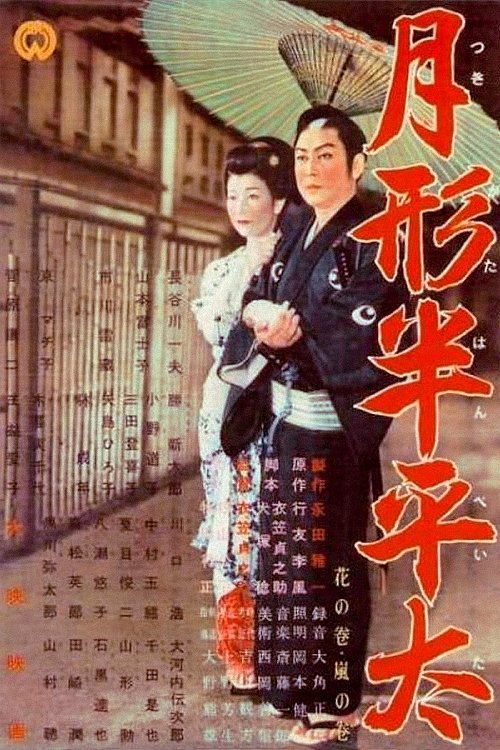
Tsukigata Hanpeita
月形半平太 花の巻 嵐の巻

薔薇いくたびか
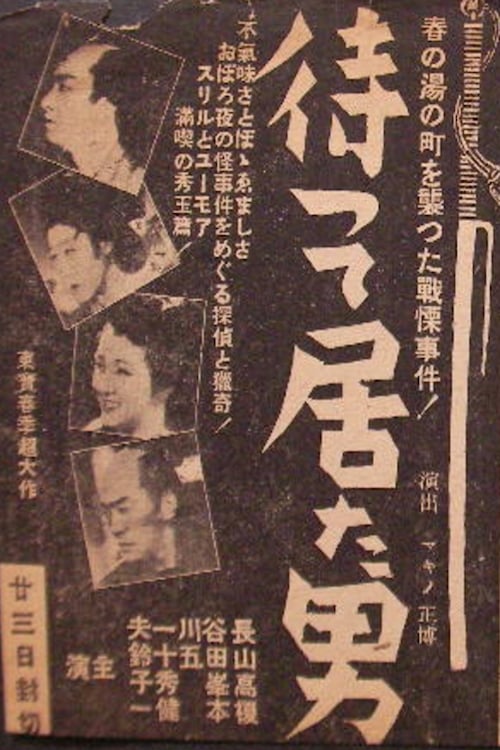
待って居た男

Hayase
婦系図(おんなけいず)

Fumio
私の兄さん
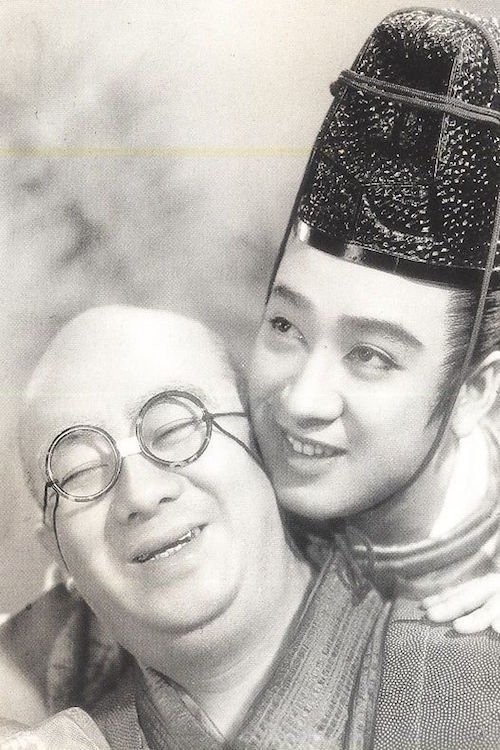
長谷川・ロッパの 家光と彦左
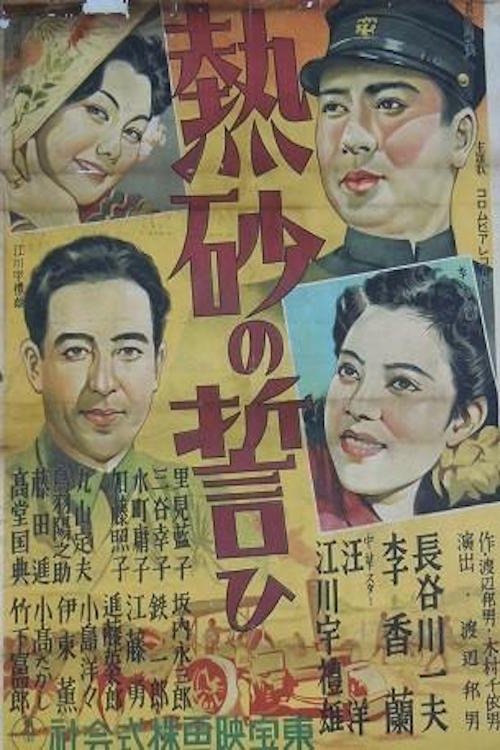
熱砂の誓ひ
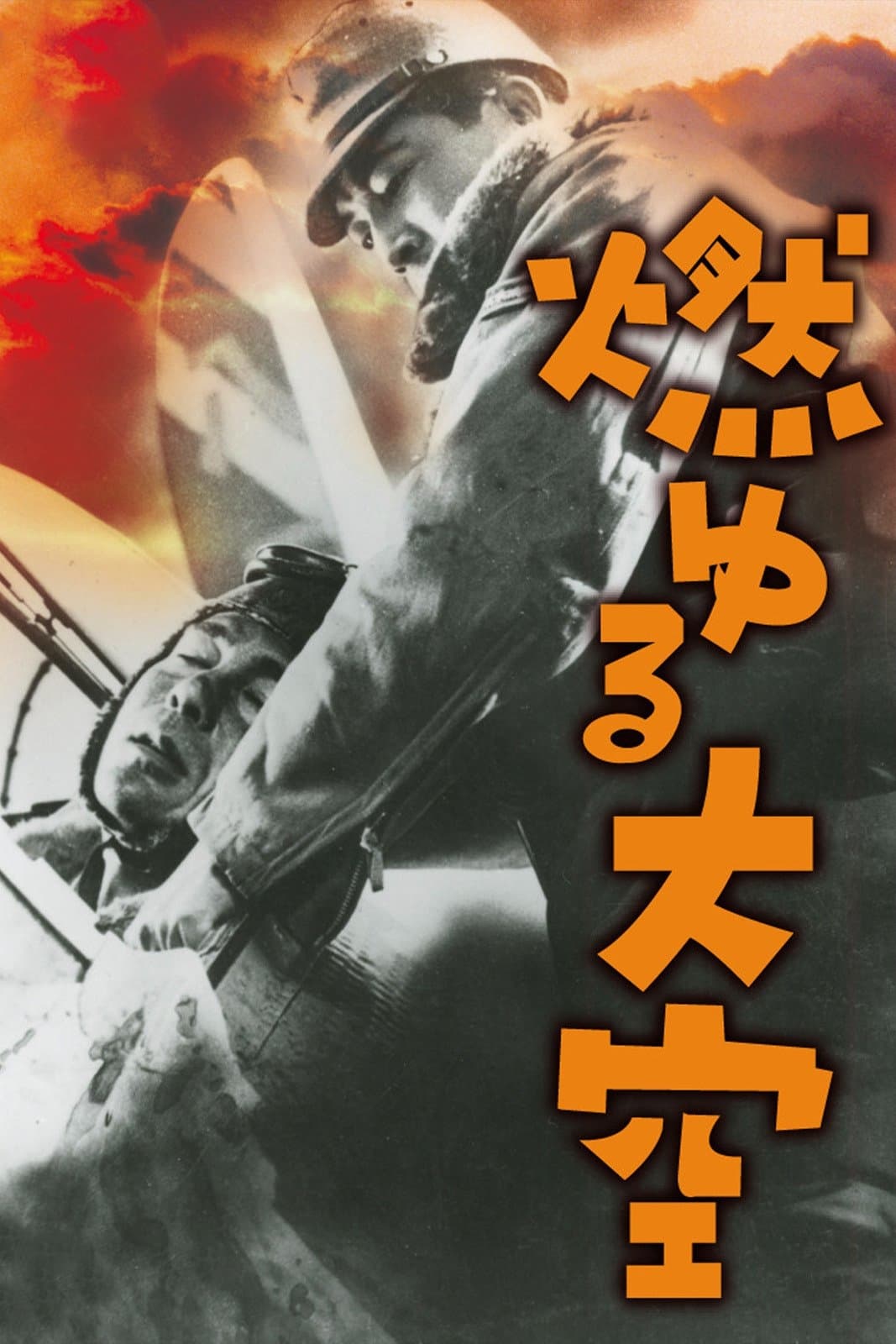
燃ゆる大空
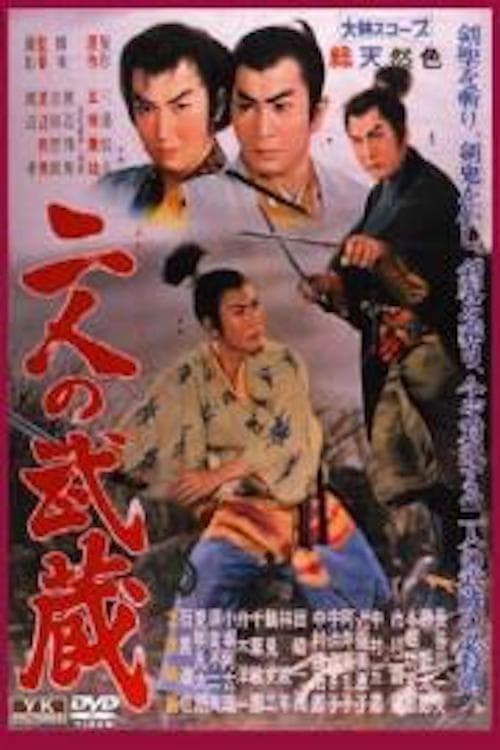
二人の武蔵
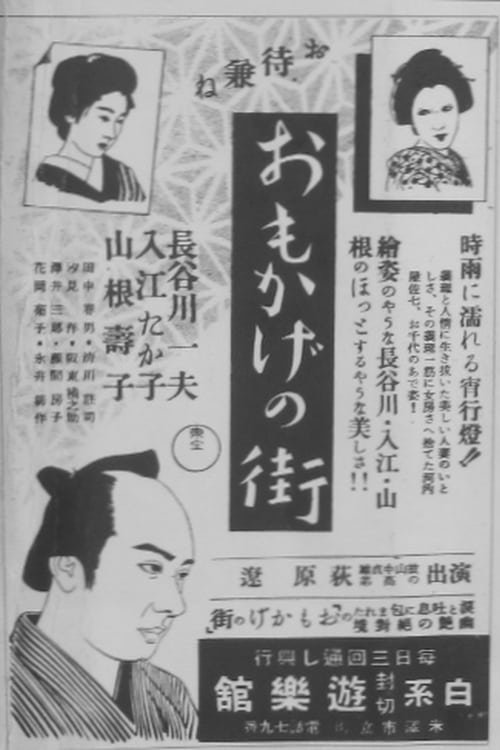
おもかげの街
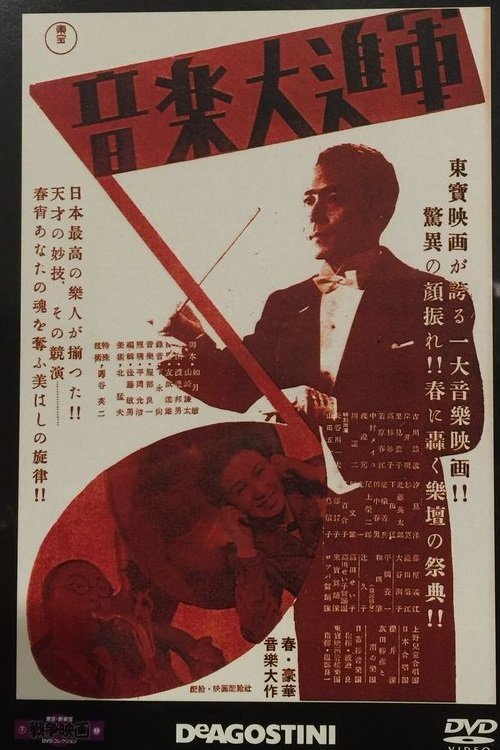
Kazuo Hasegawa
音楽大進軍
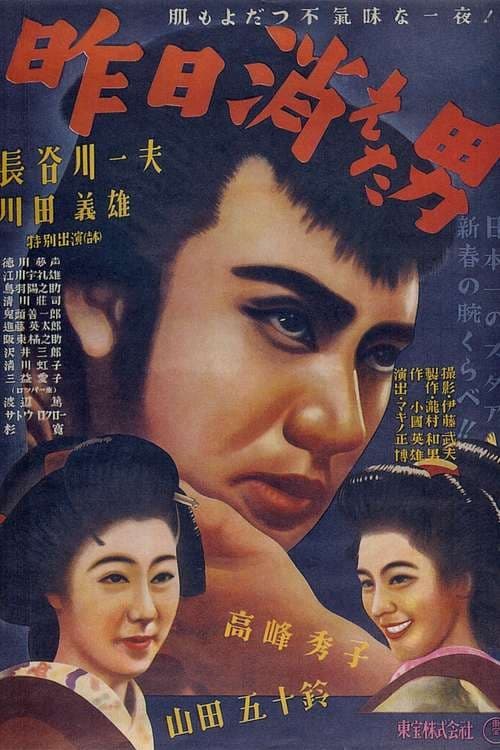
昨日消えた男

Hyakuzô
川中島合戰
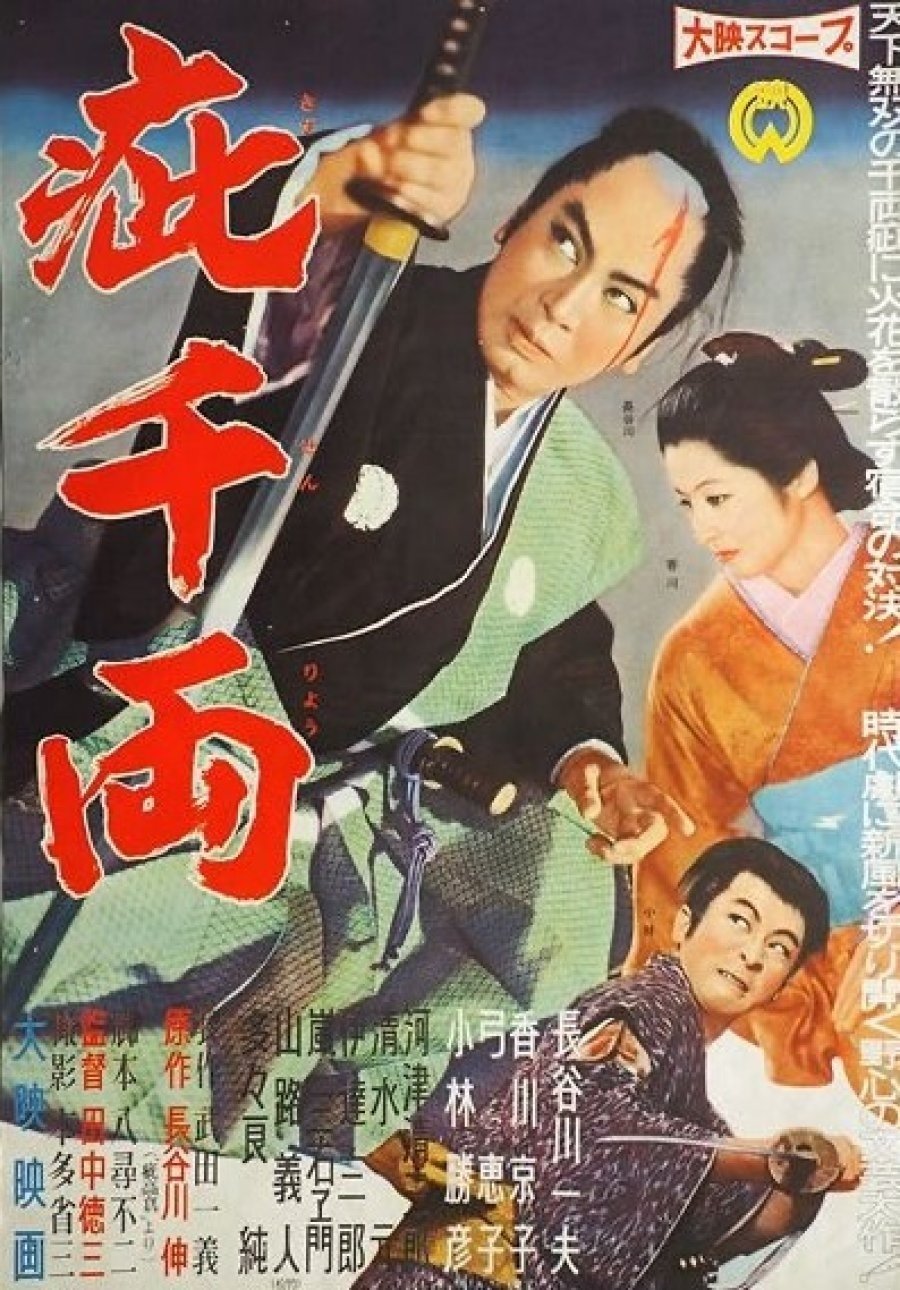
Chouemon Takakura
疵千両
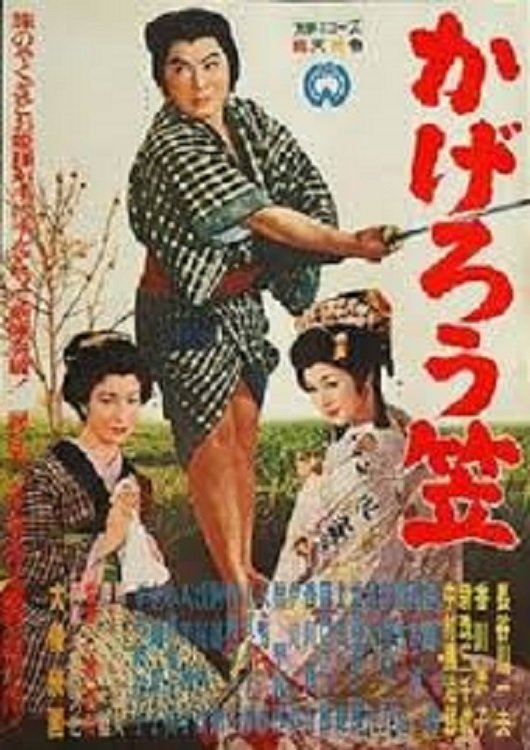
Yatarô
かげろう笠
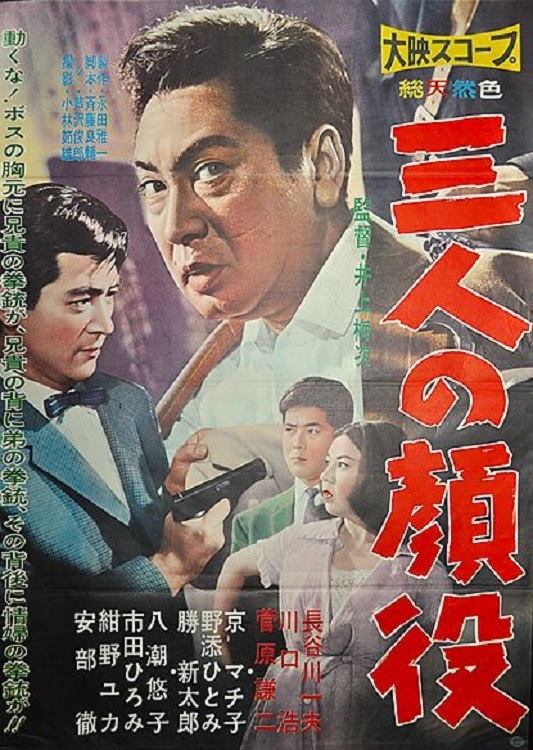
Ryūtarō Tsumura
三人の顔役
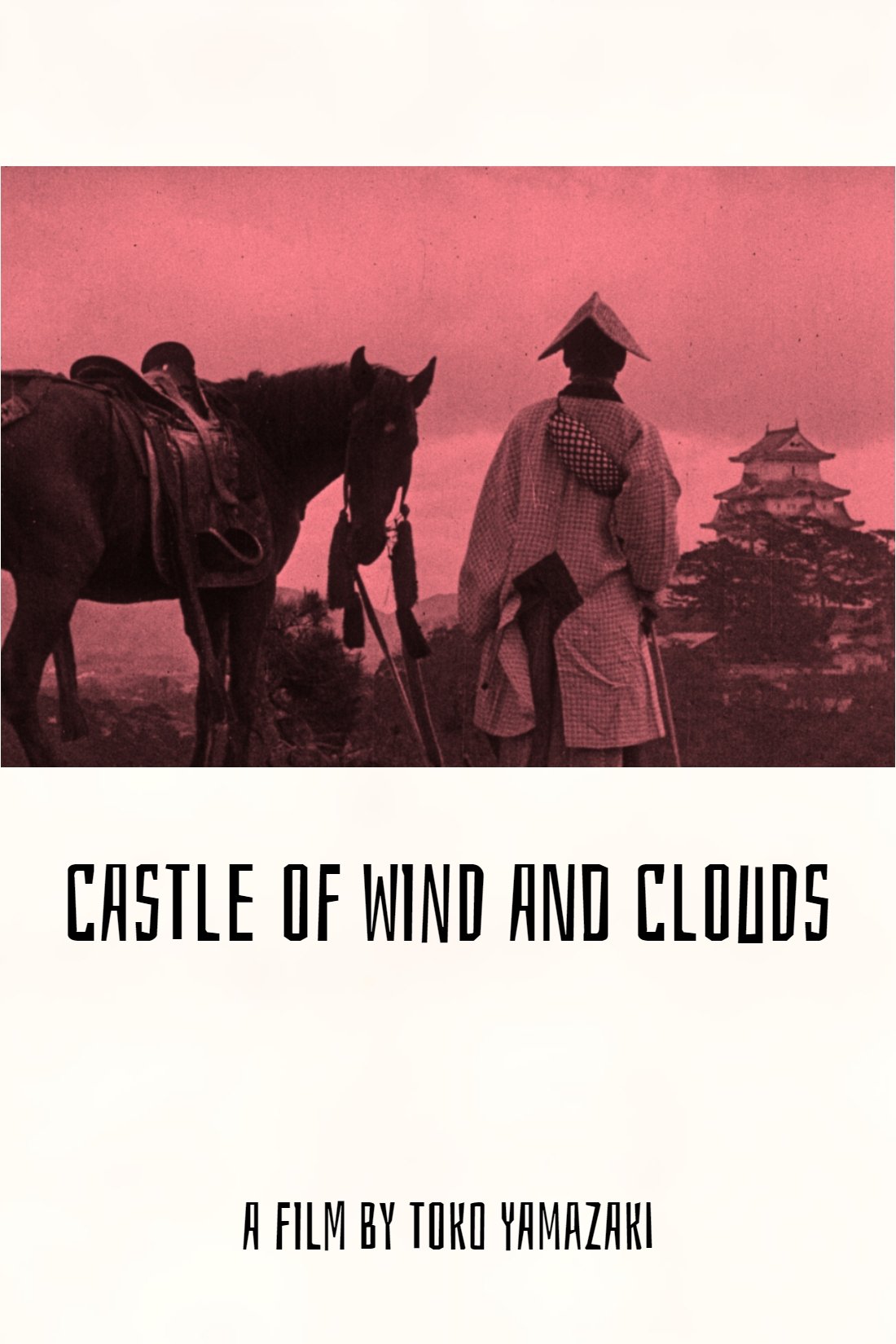
Aizawa Shinpachi
風雲城史
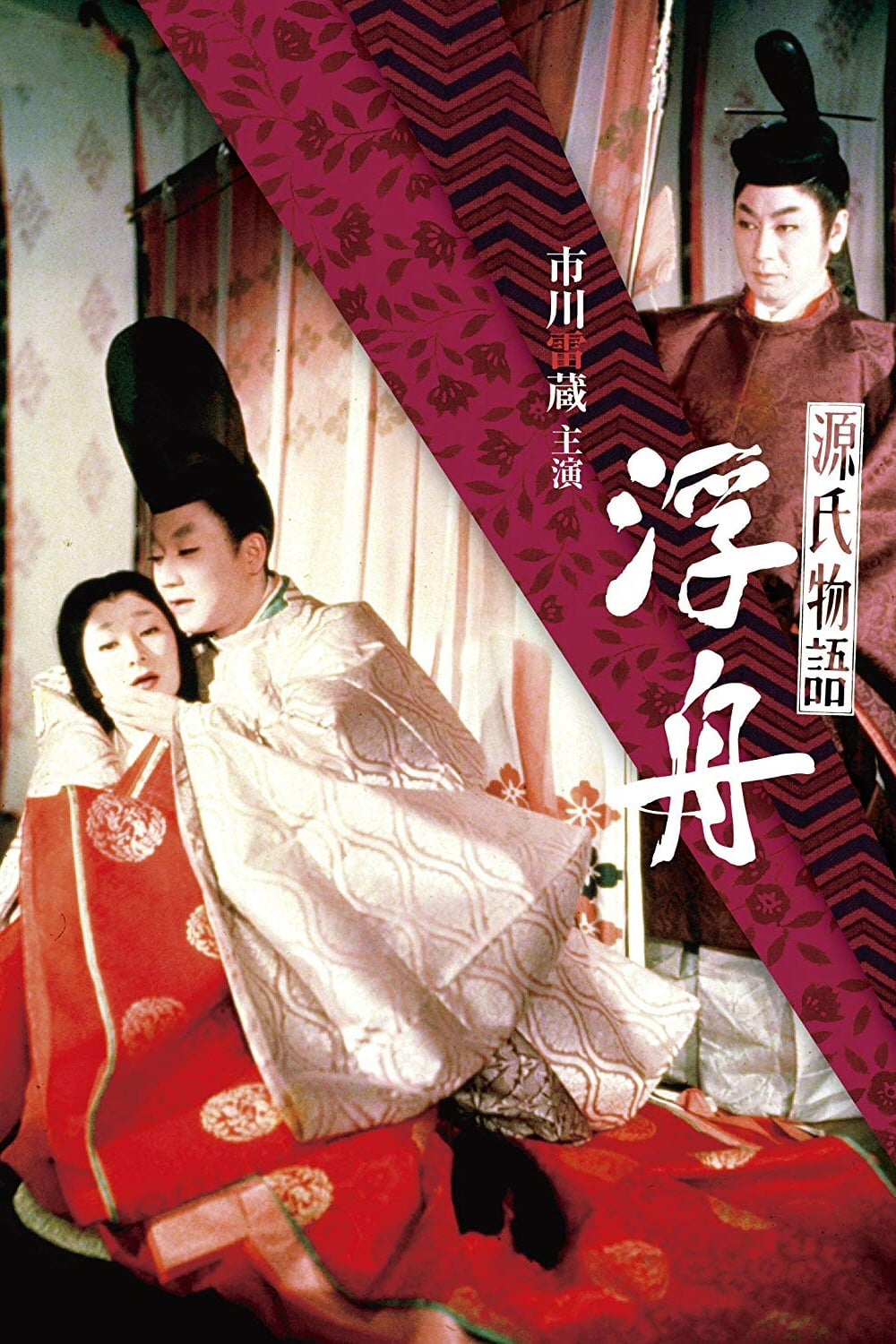
源氏物語 浮舟
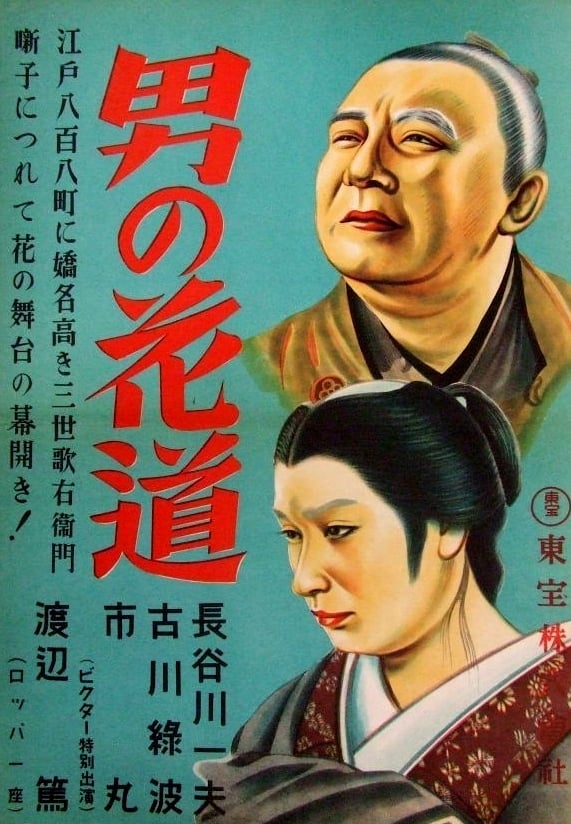
Utaemon Nakamura
男の花道
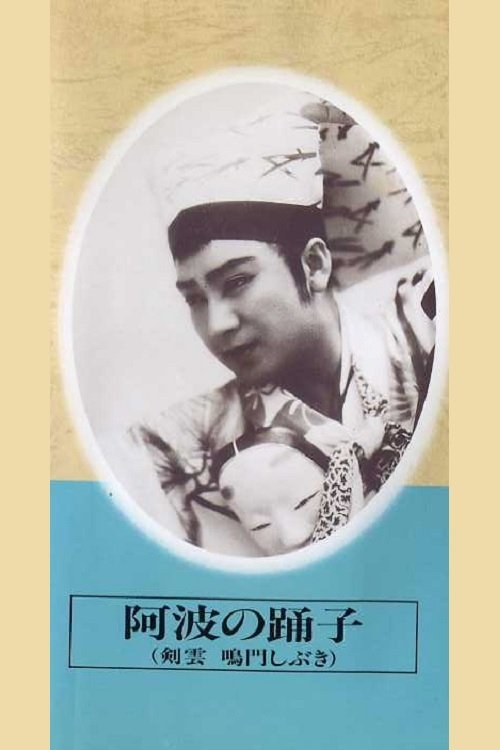
阿波の踊子
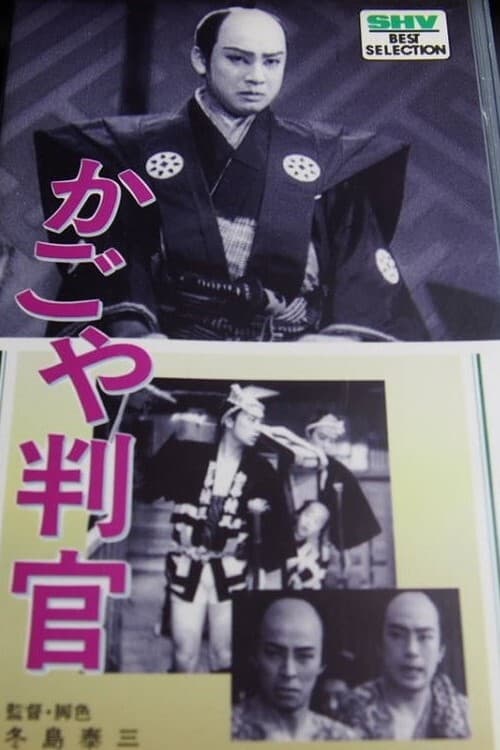
Echizen'nokami Ôoka
かごや判官
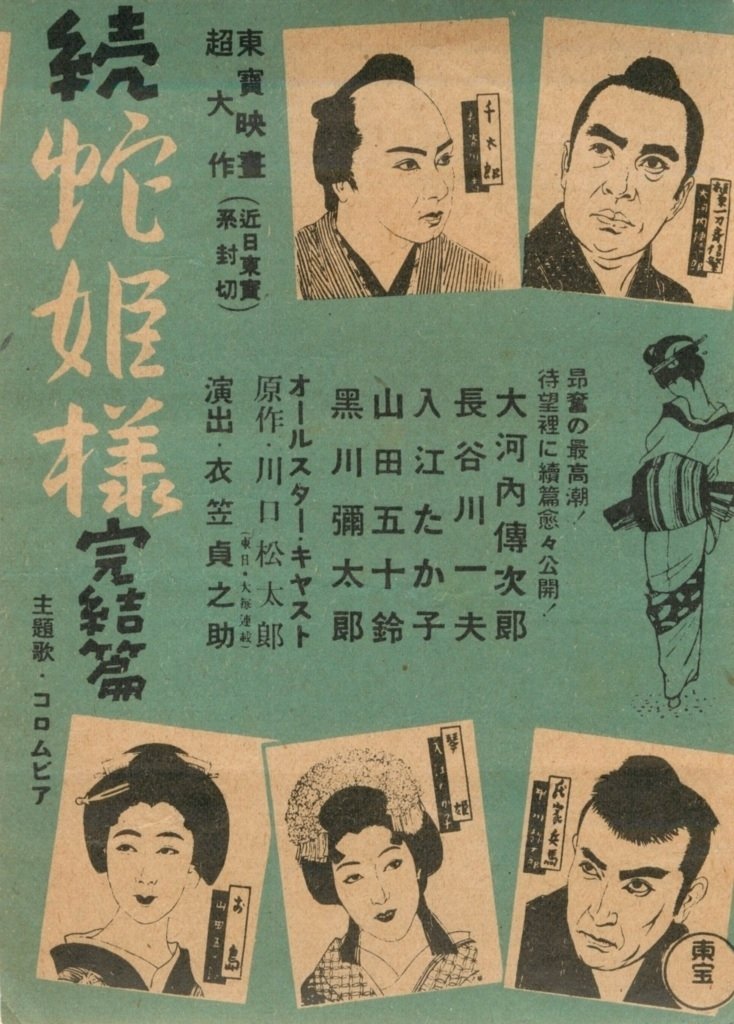
Hinokiya Sentarô
続蛇姫様
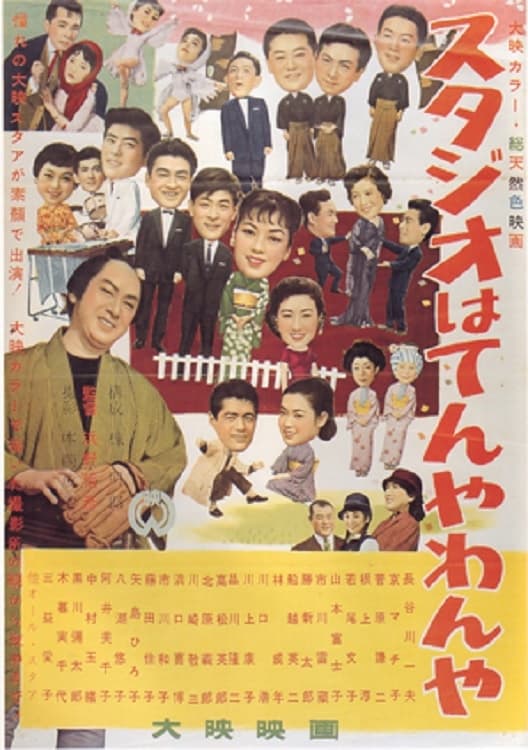
スタジオはてんやわんや
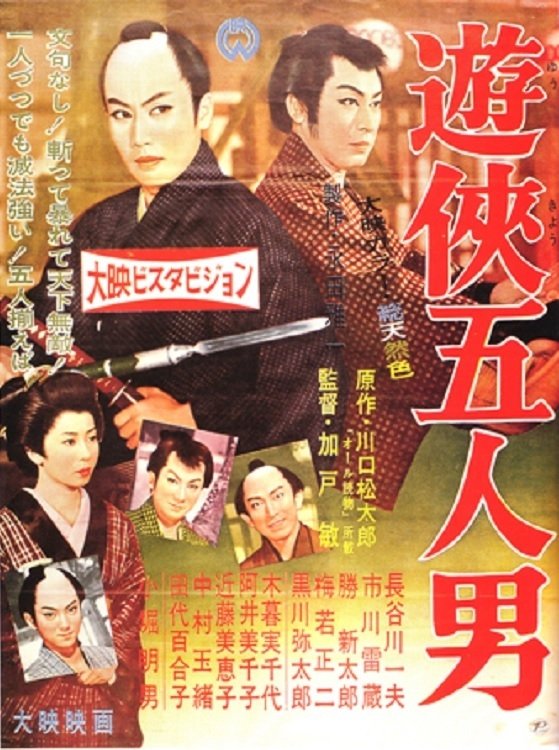
遊侠五人男
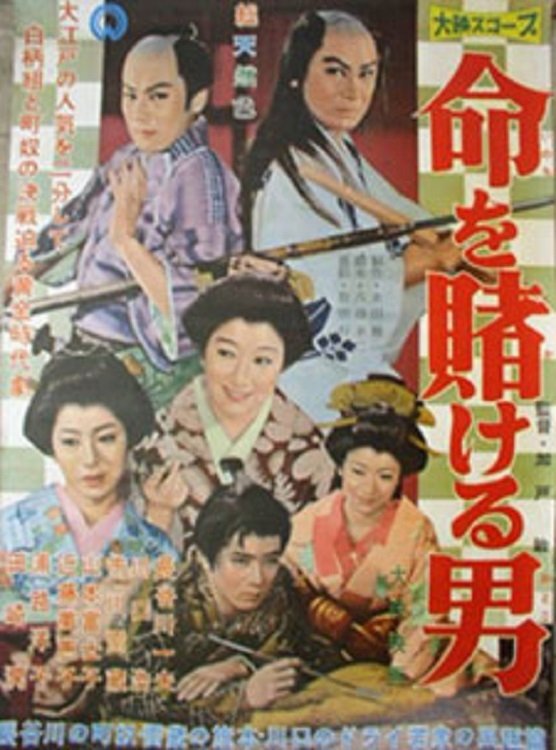
命を賭ける男
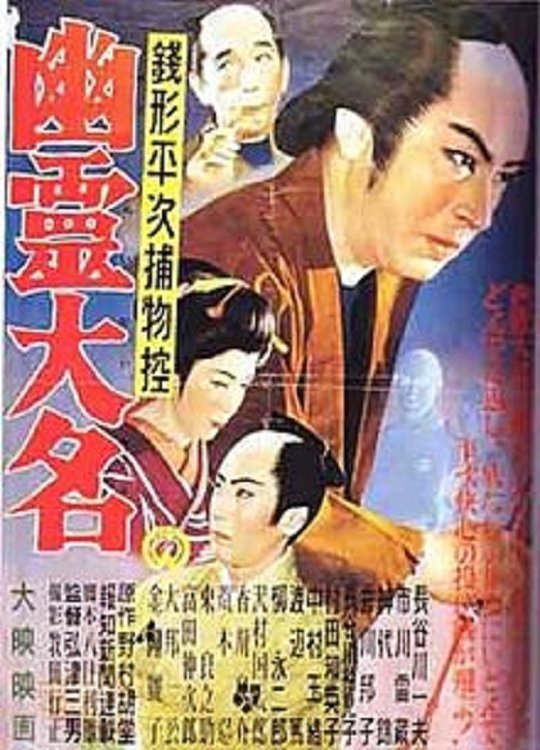
銭形平次捕物控 幽霊大名
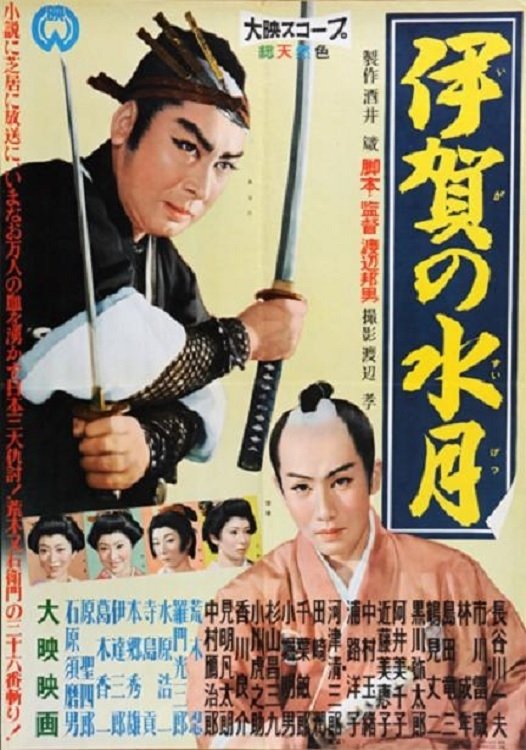
Araki Mataemon
伊賀の水月
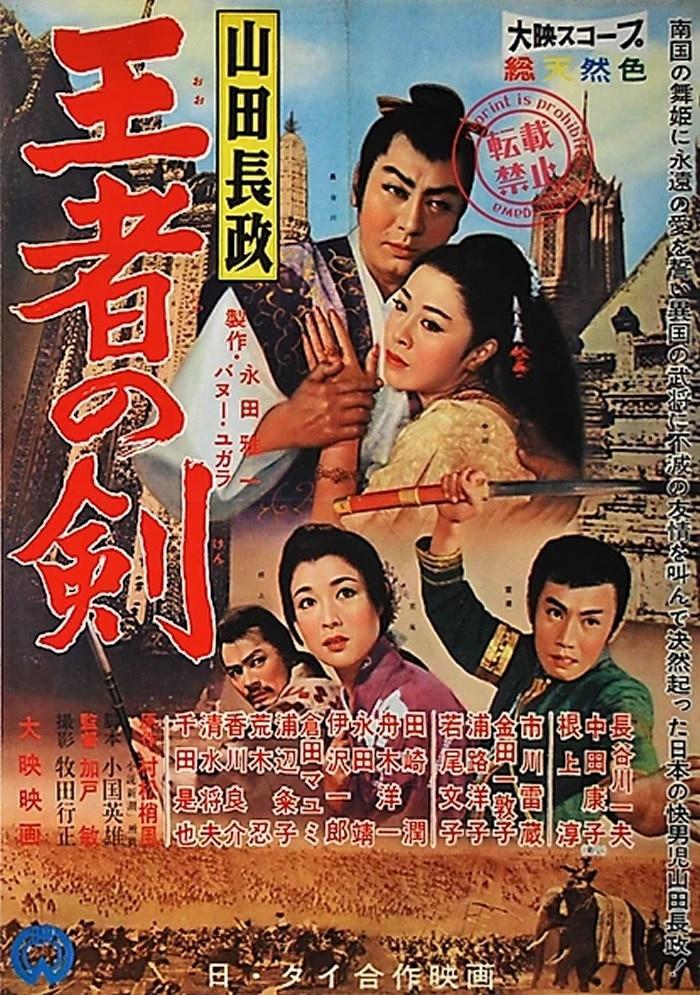
山田長政 王者の剣
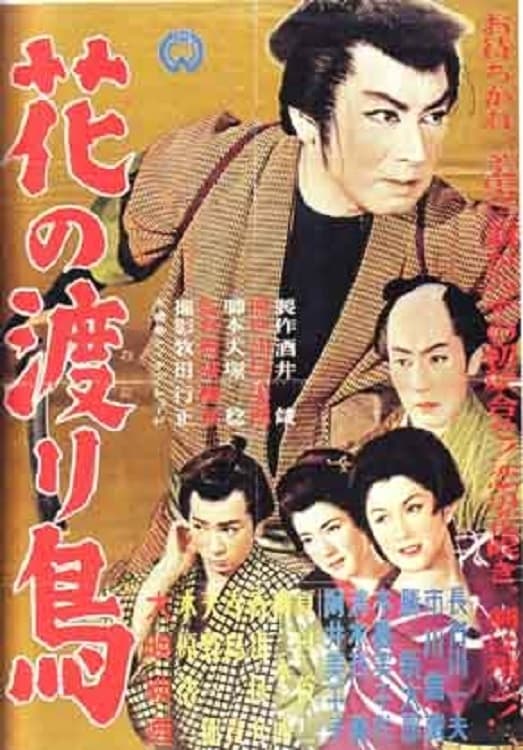
花の渡り鳥

銭形平次捕物控 人肌蜘蛛
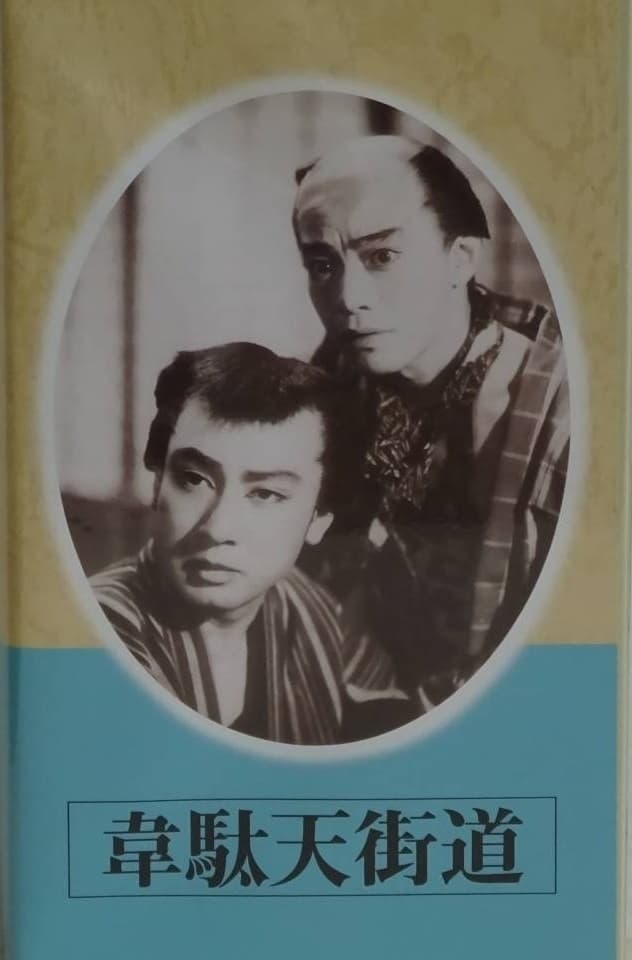
Hagiwara
韋駄天街道
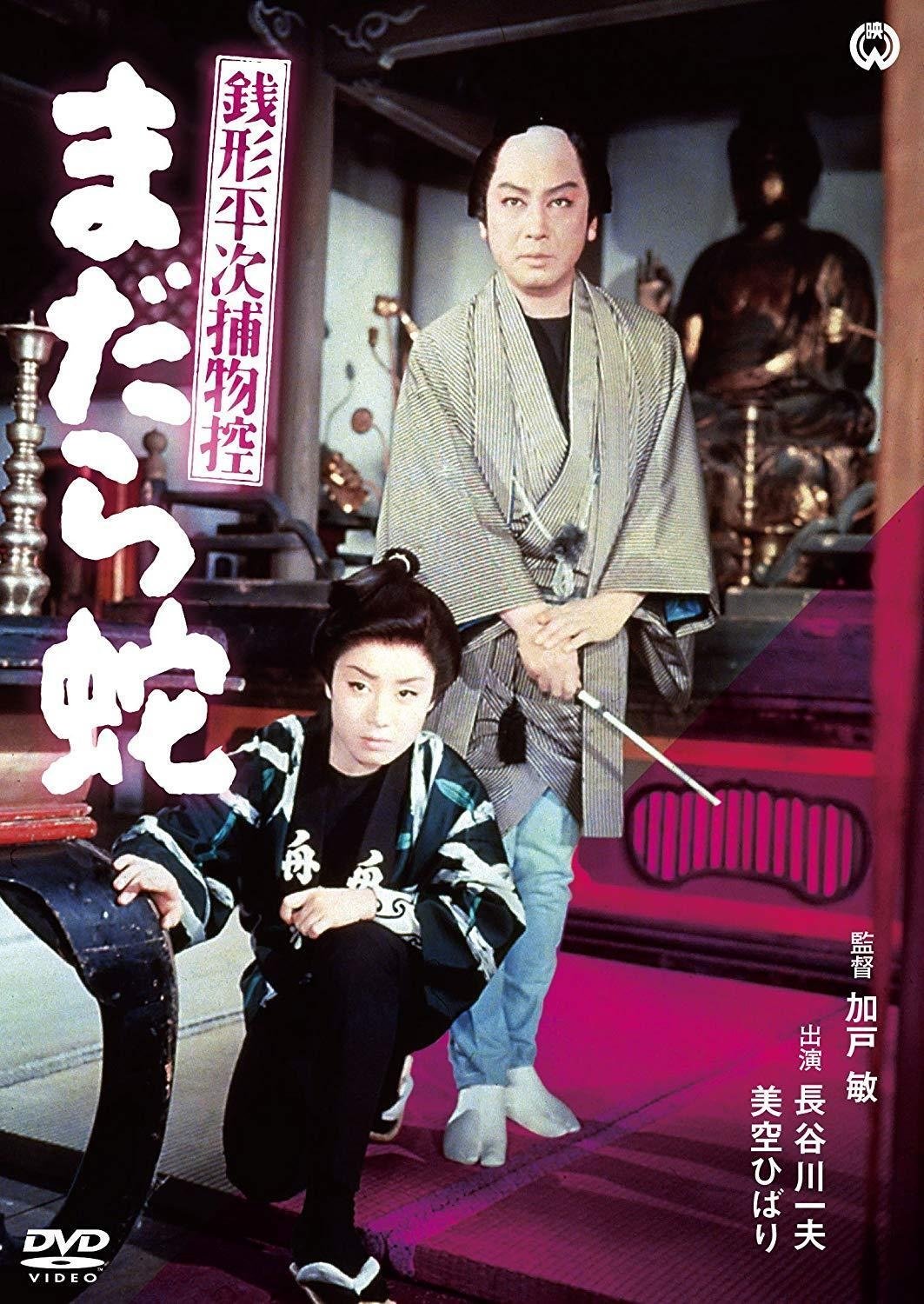
銭形平次捕物控 まだら蛇

大佛開眼
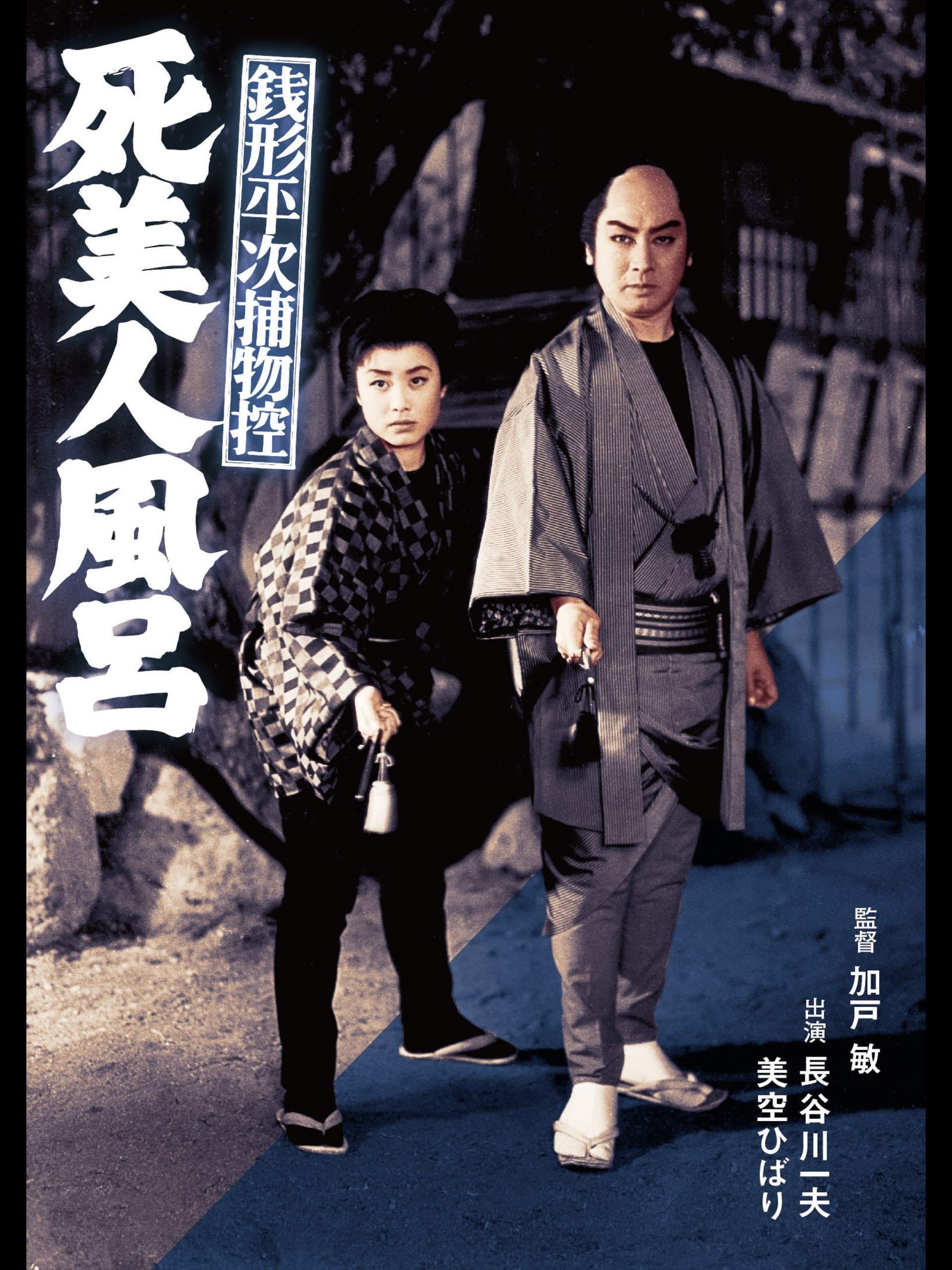
銭形平次捕物控 死美人風呂
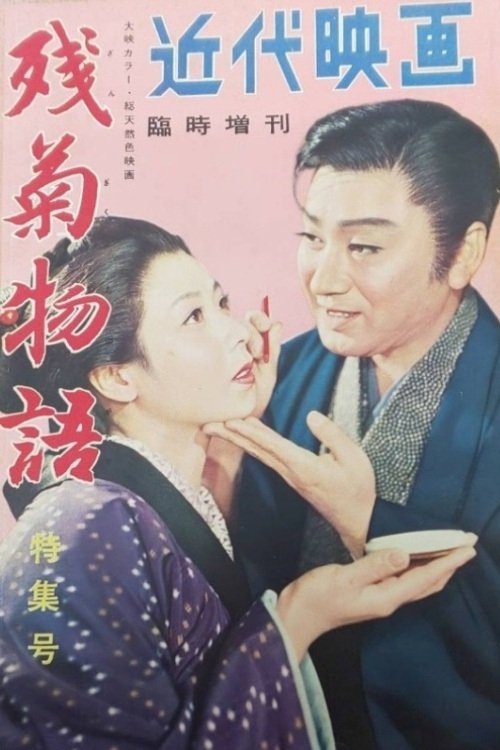
Kikunosuke
残菊物語
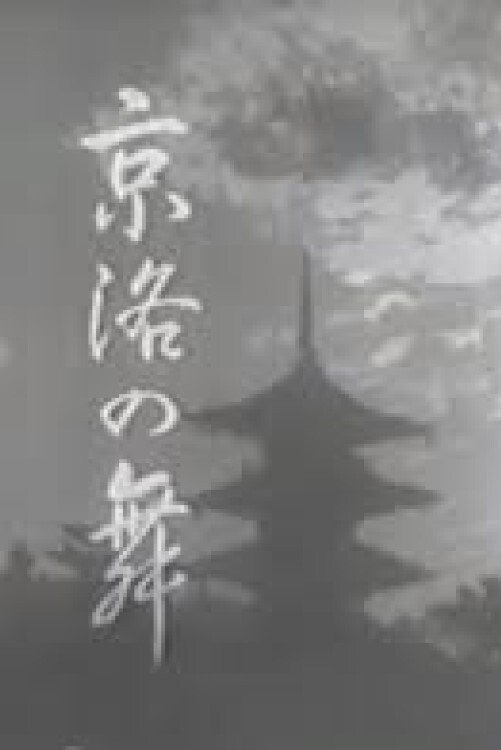
京洛の舞
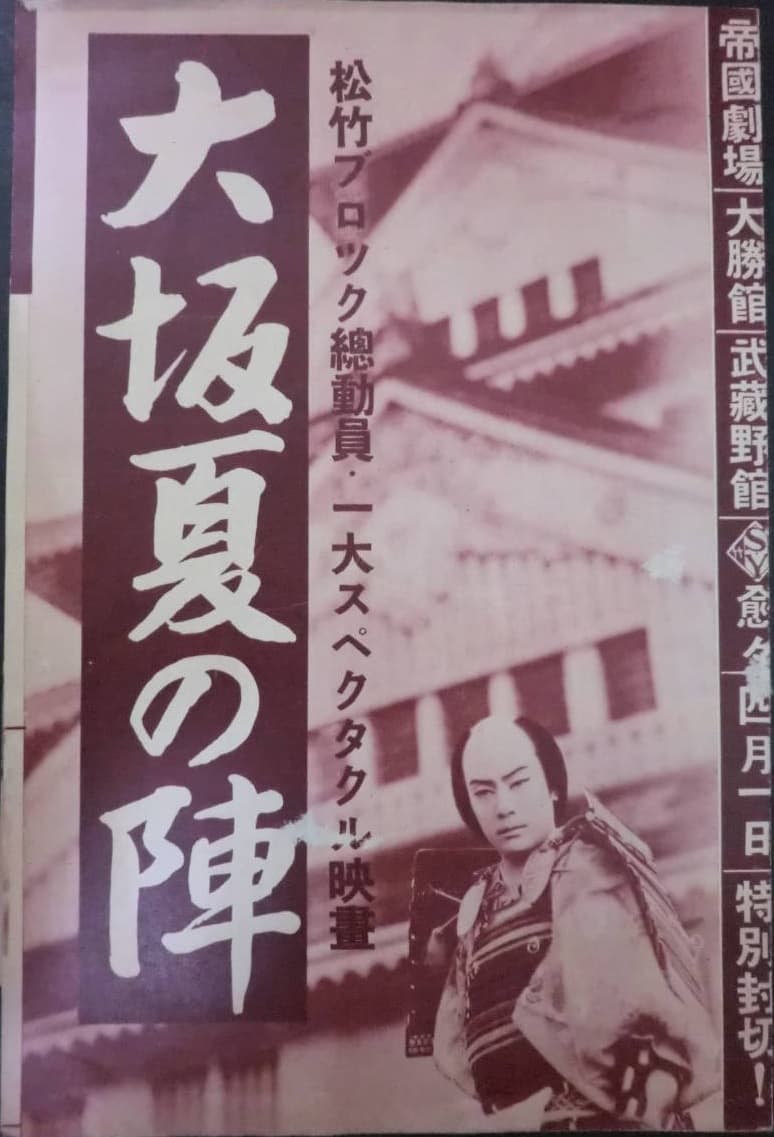
大阪夏の陣

一本刀土俵入り

Rikugun Daikoshin

篝火

怪盗沙弥麿
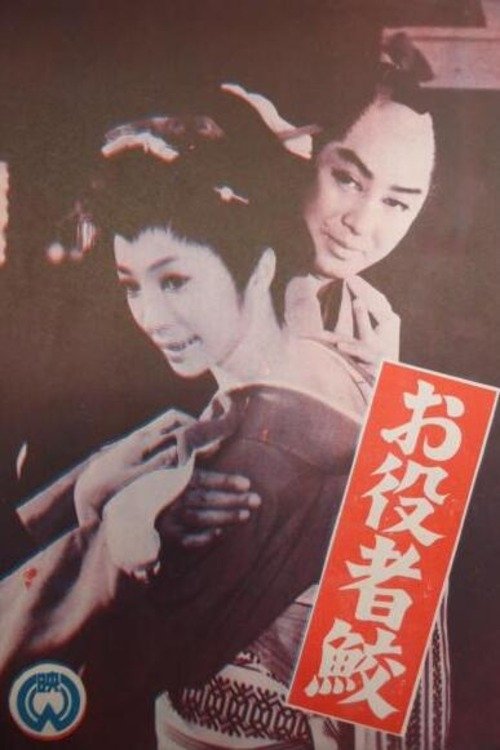
お役者鮫

勘太郎月夜唄

銭形平次捕物控 夜のえんま帳

銭形平次捕物控 夜のえんま帖
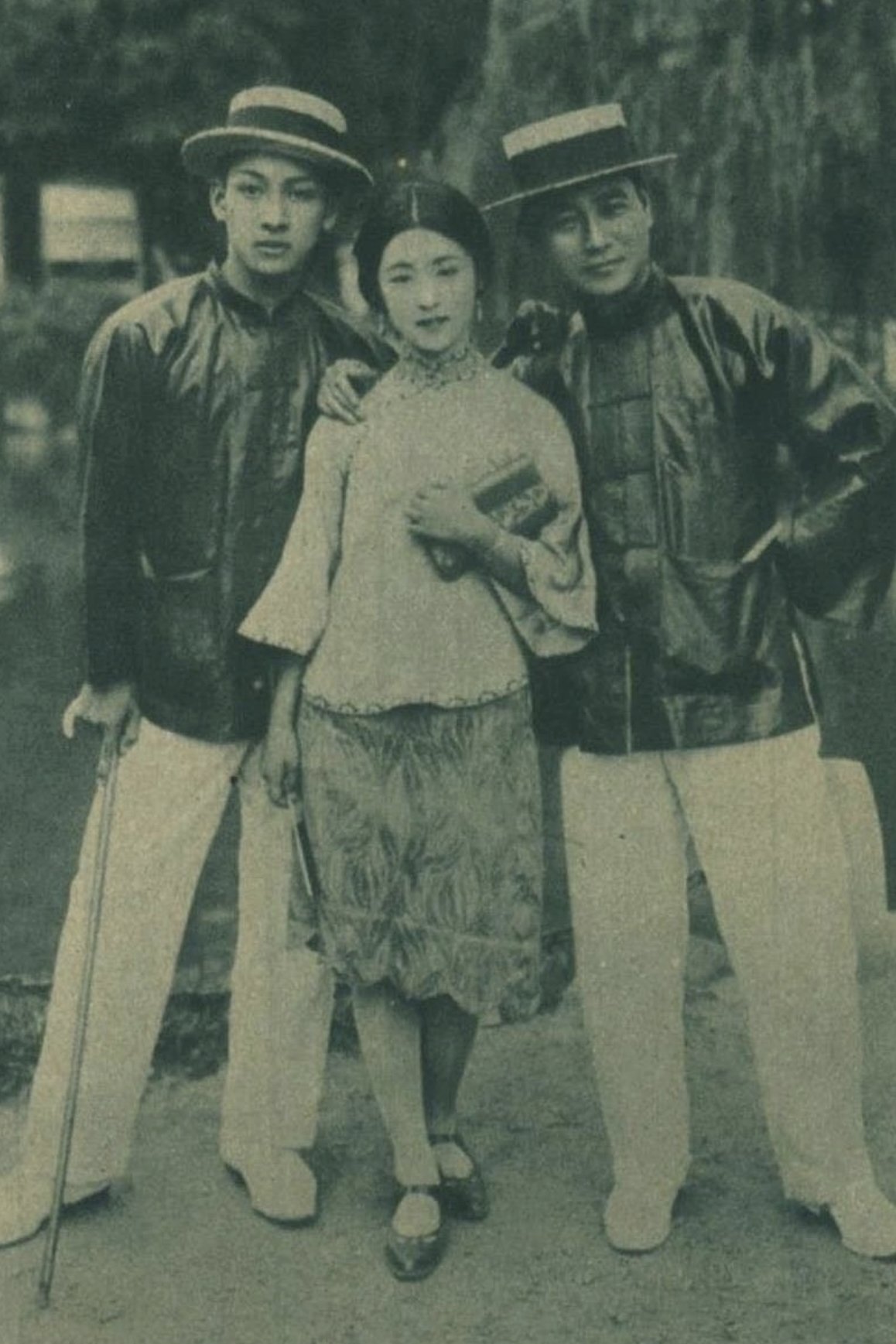
Shirogoro (second son)
海国記
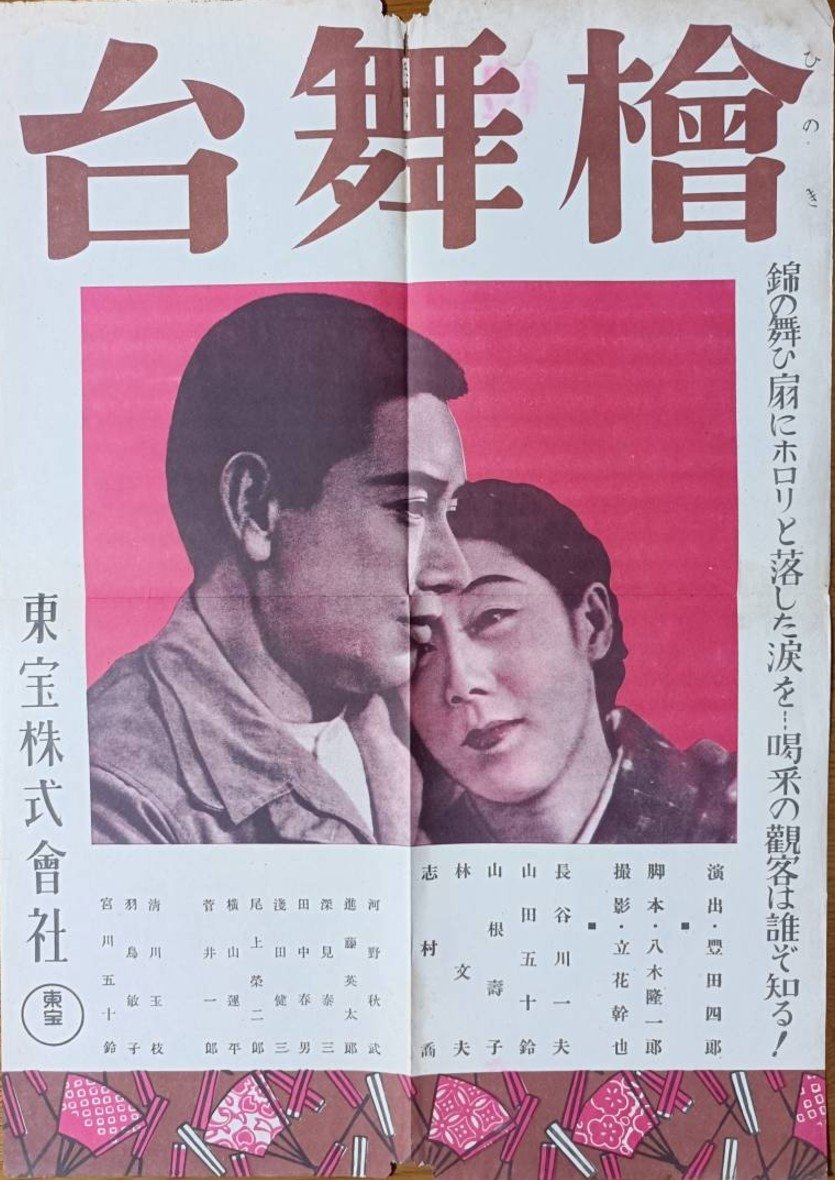
檜舞台
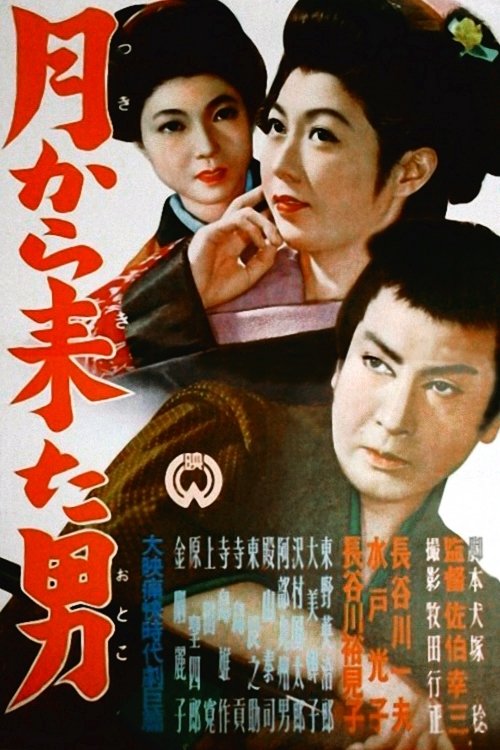
月から来た男

Kanichi Hazama
金色夜叉
Personal Info
Known For
Acting
Known Credits
116
Gender
Male
Birthday
1908-02-27
Place of Birth
Kyoto, Kyoto Prefecture, Japan
Also Known As
長谷川 一夫